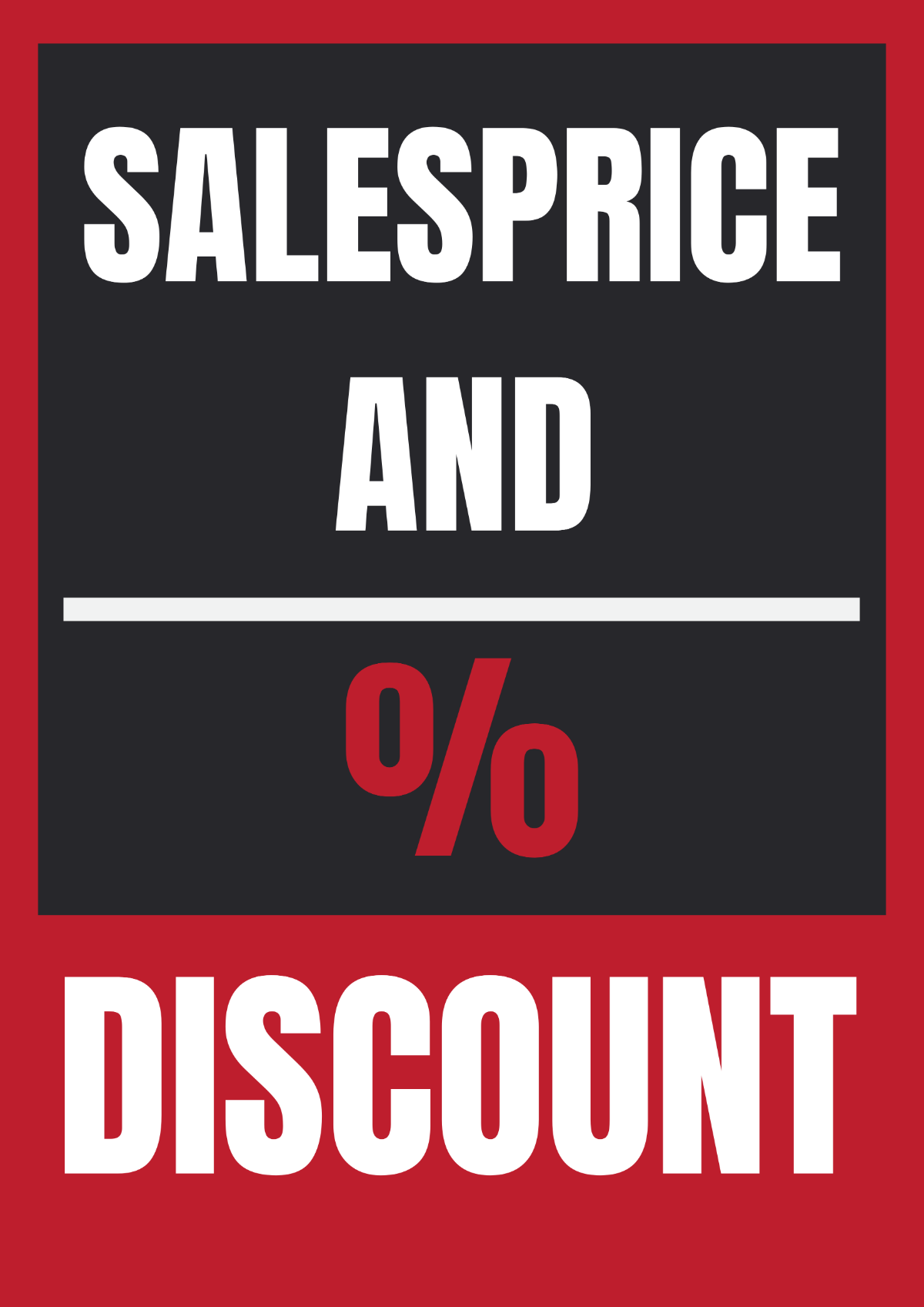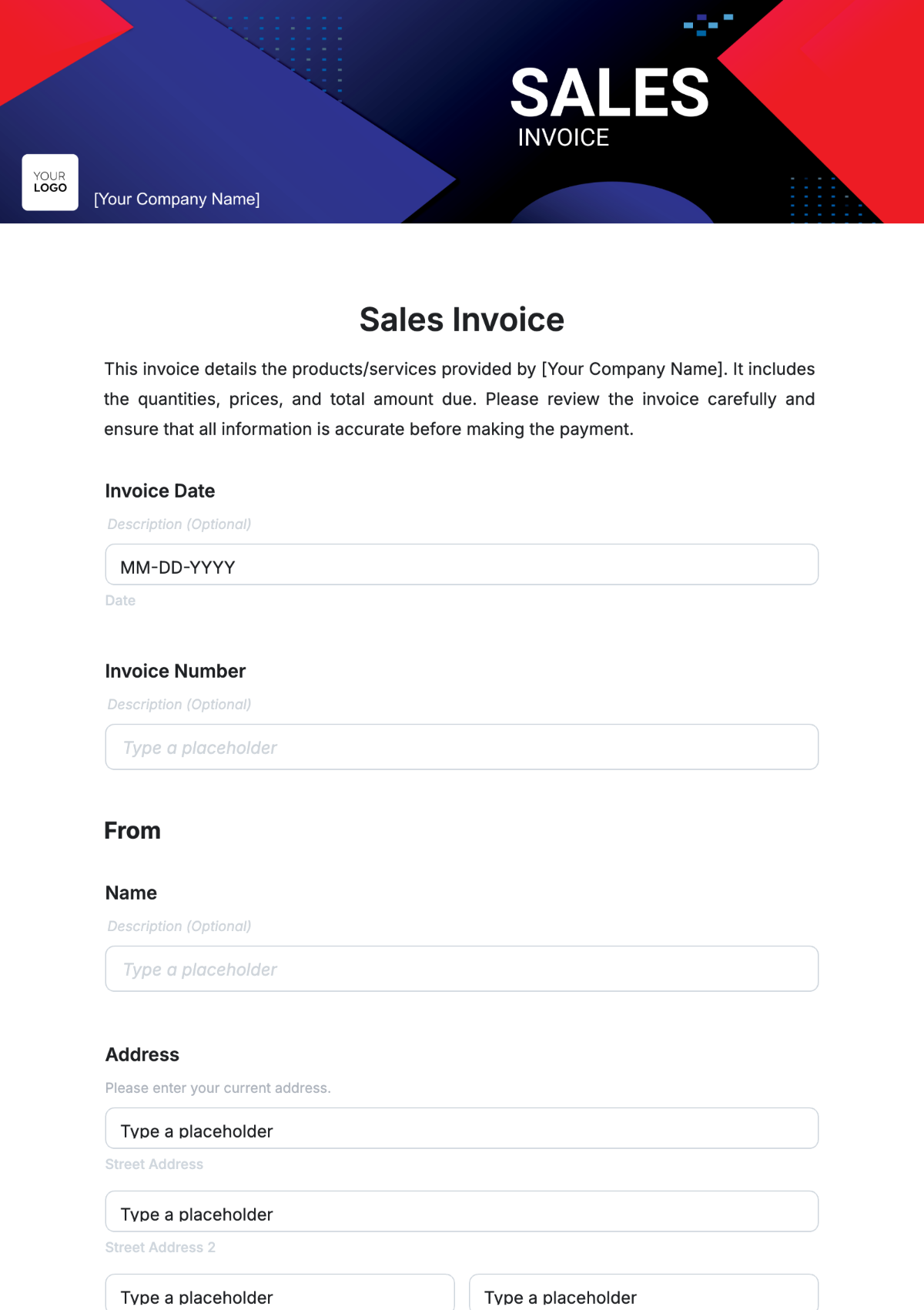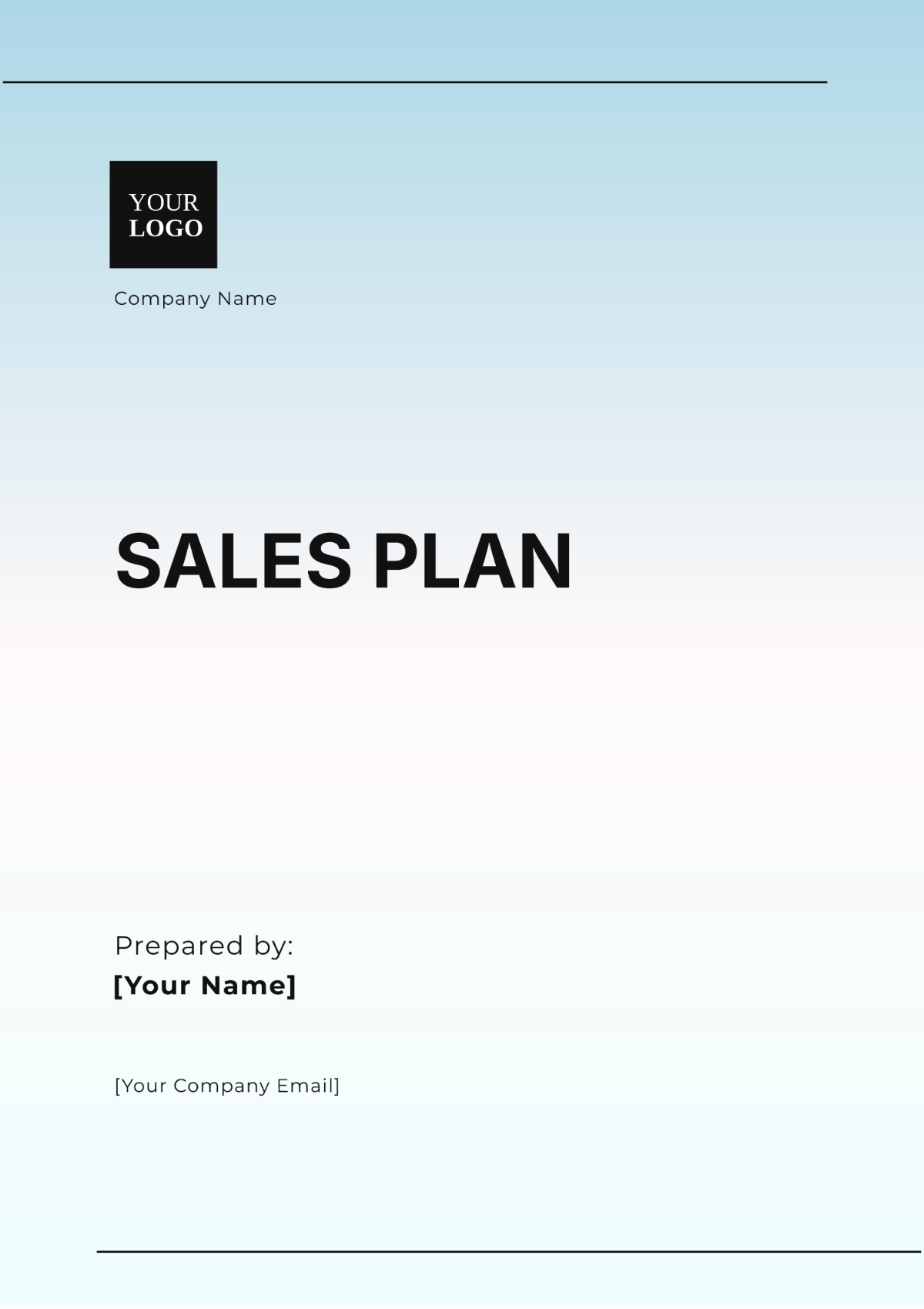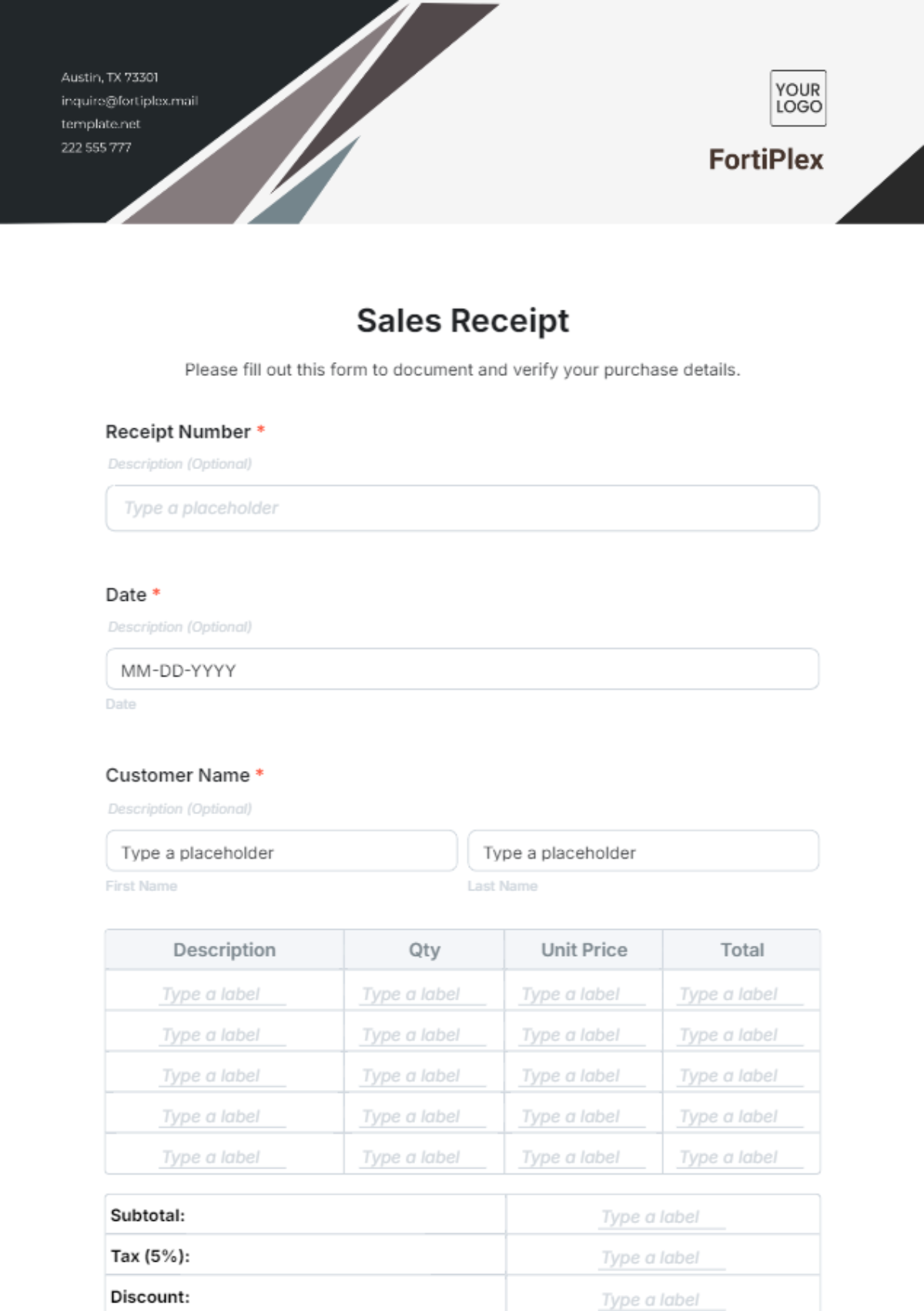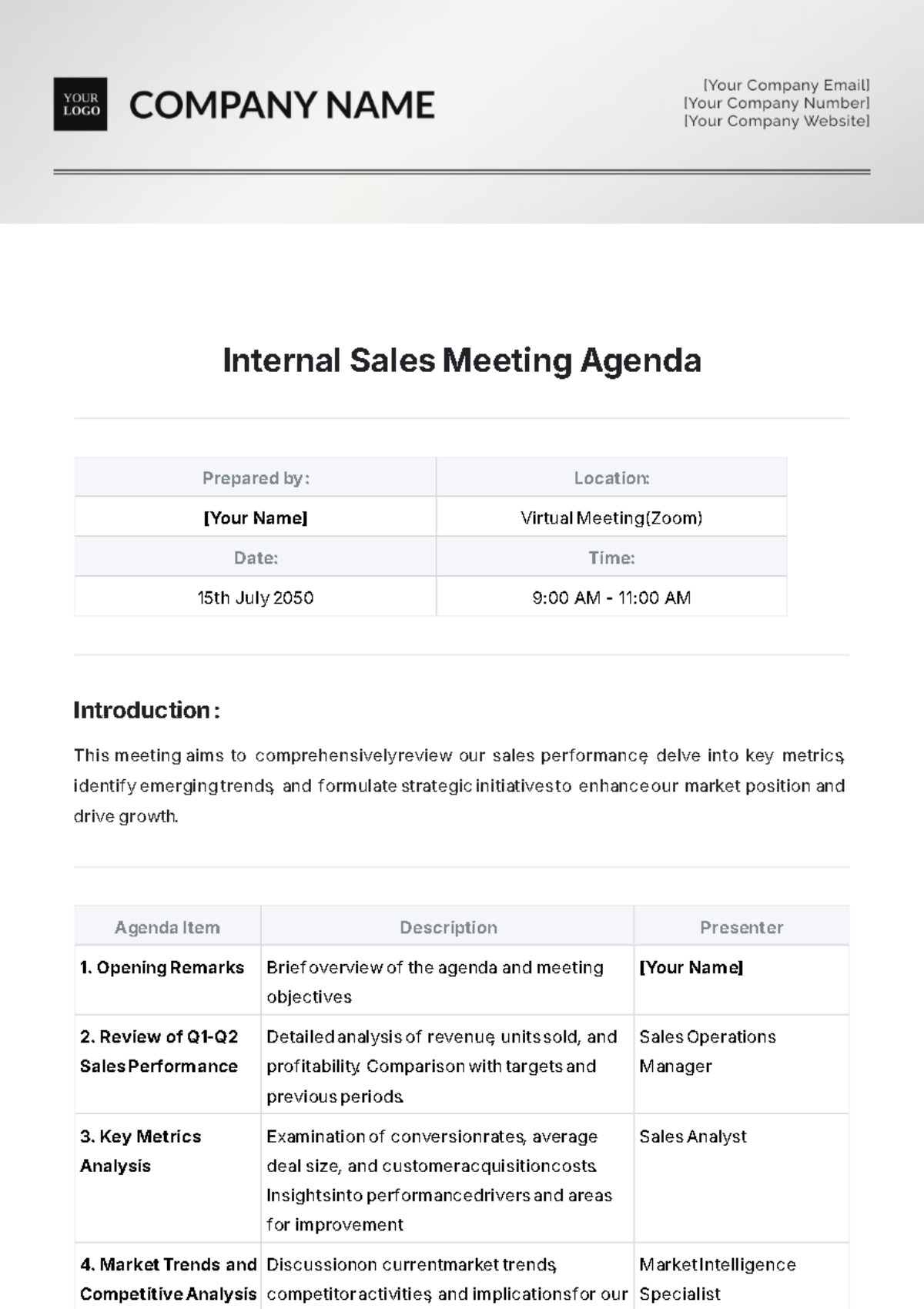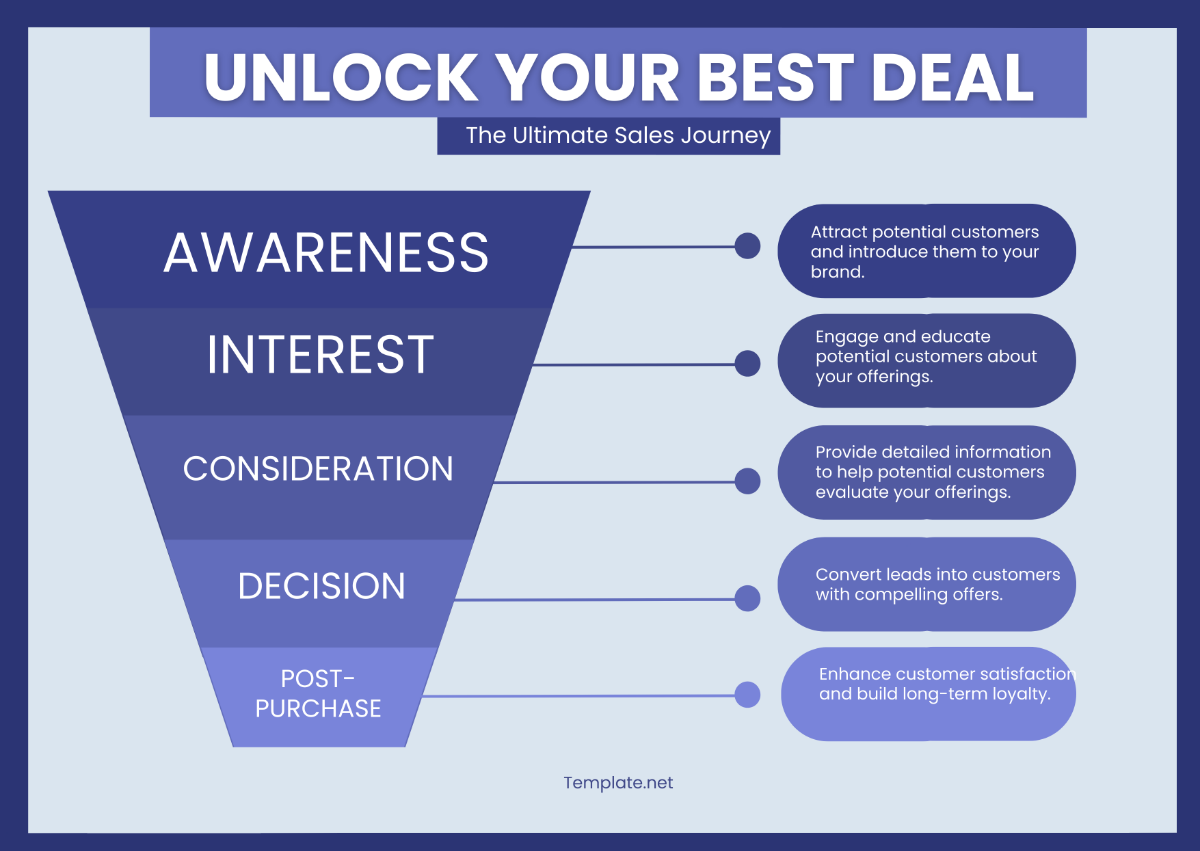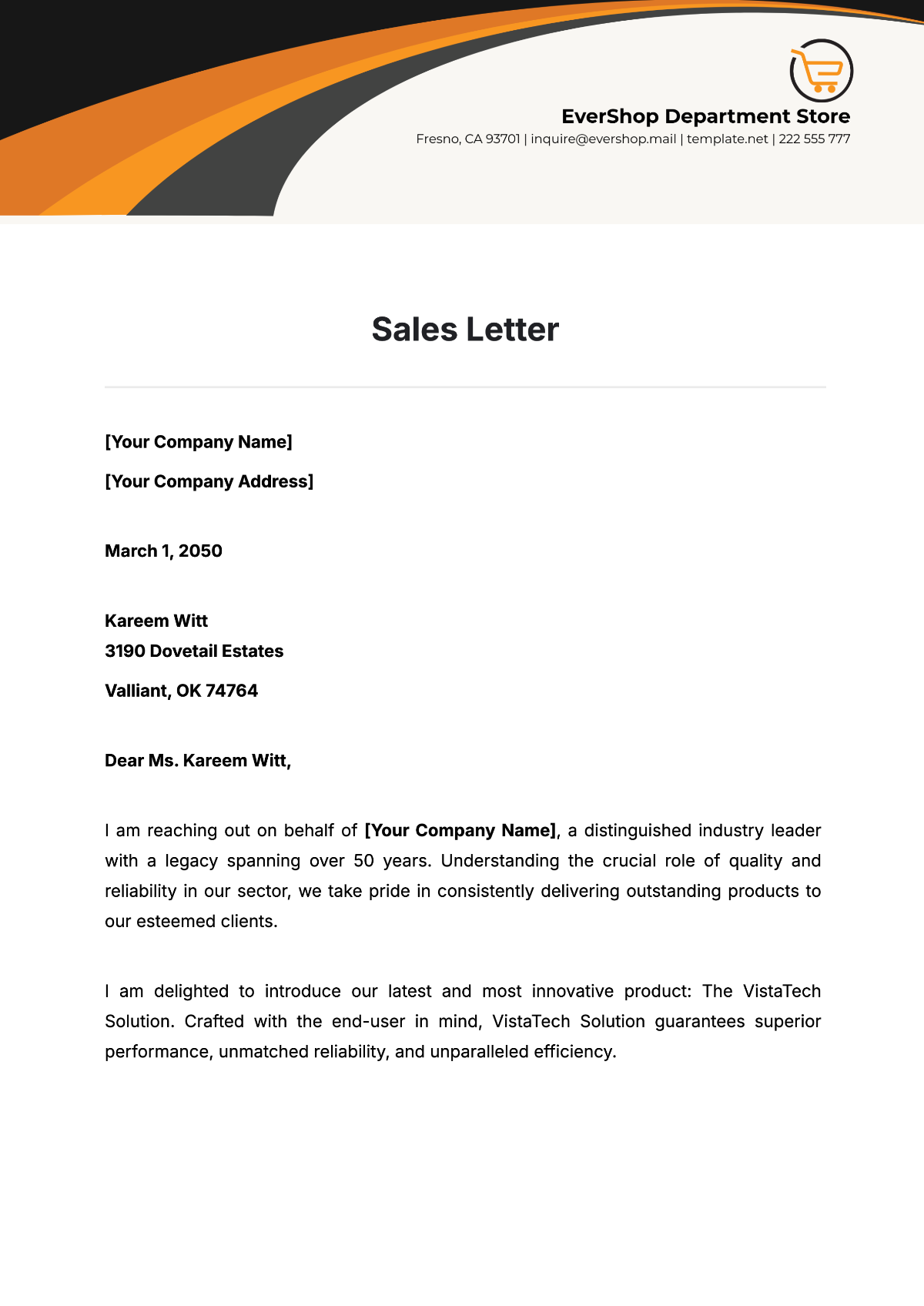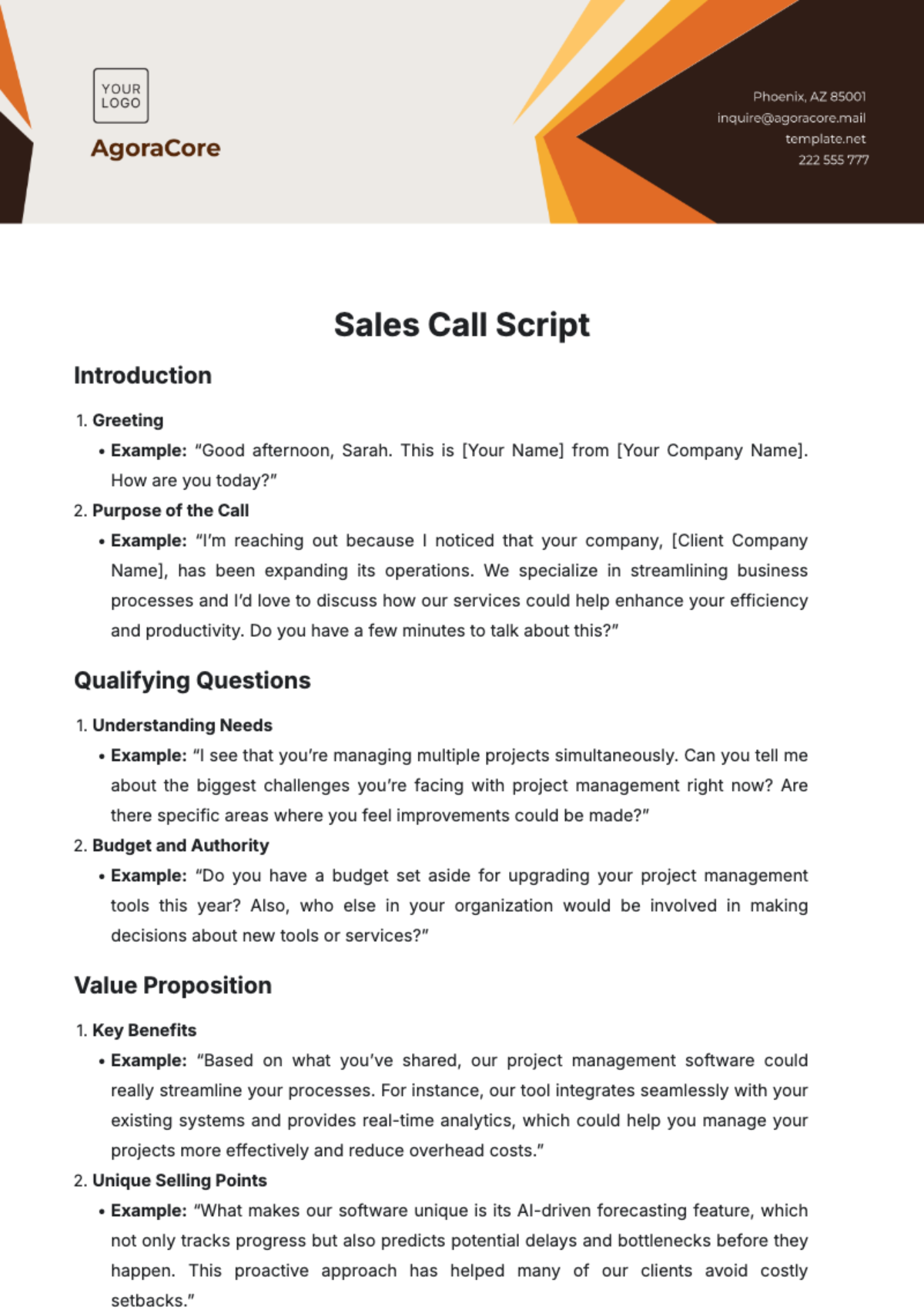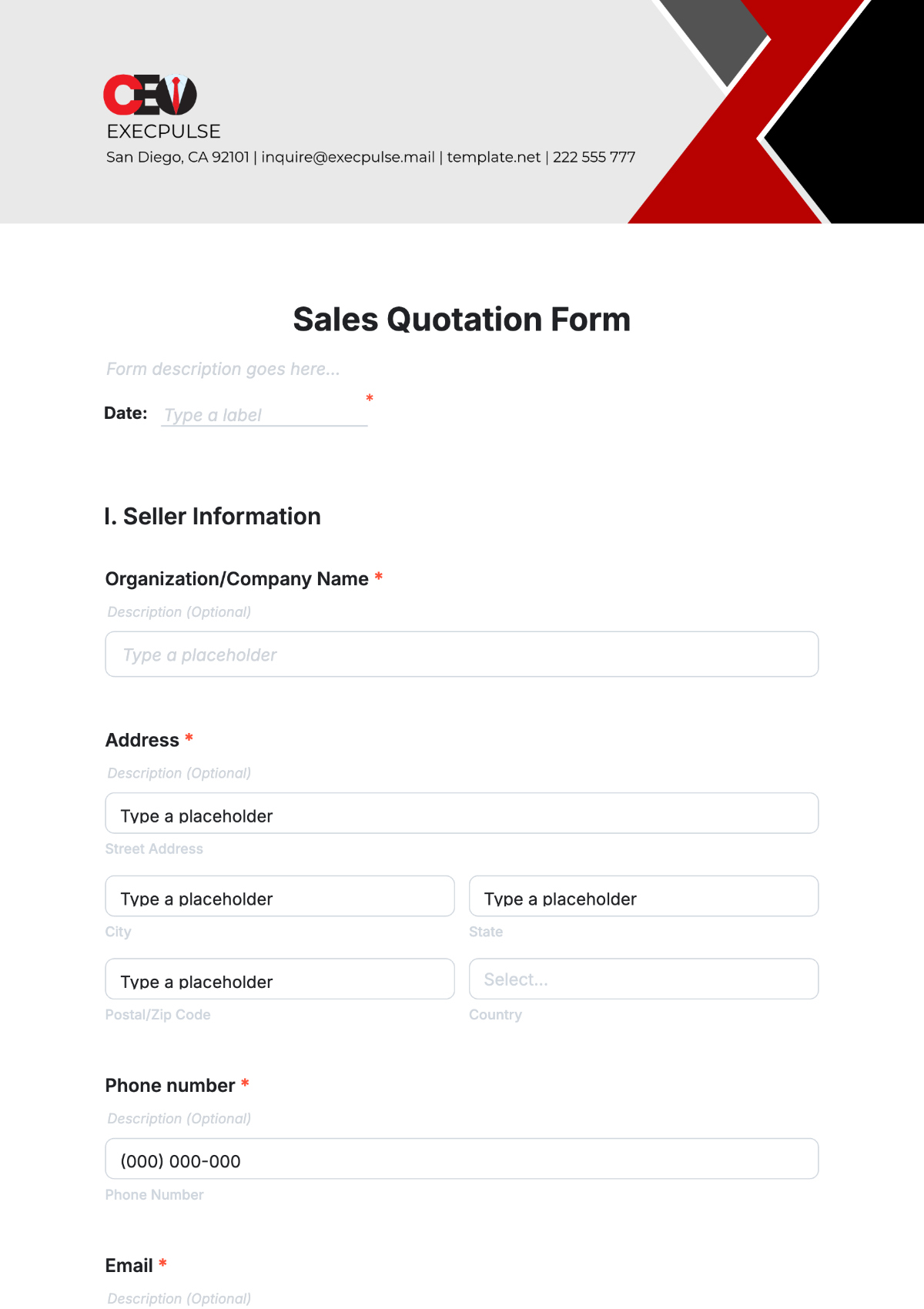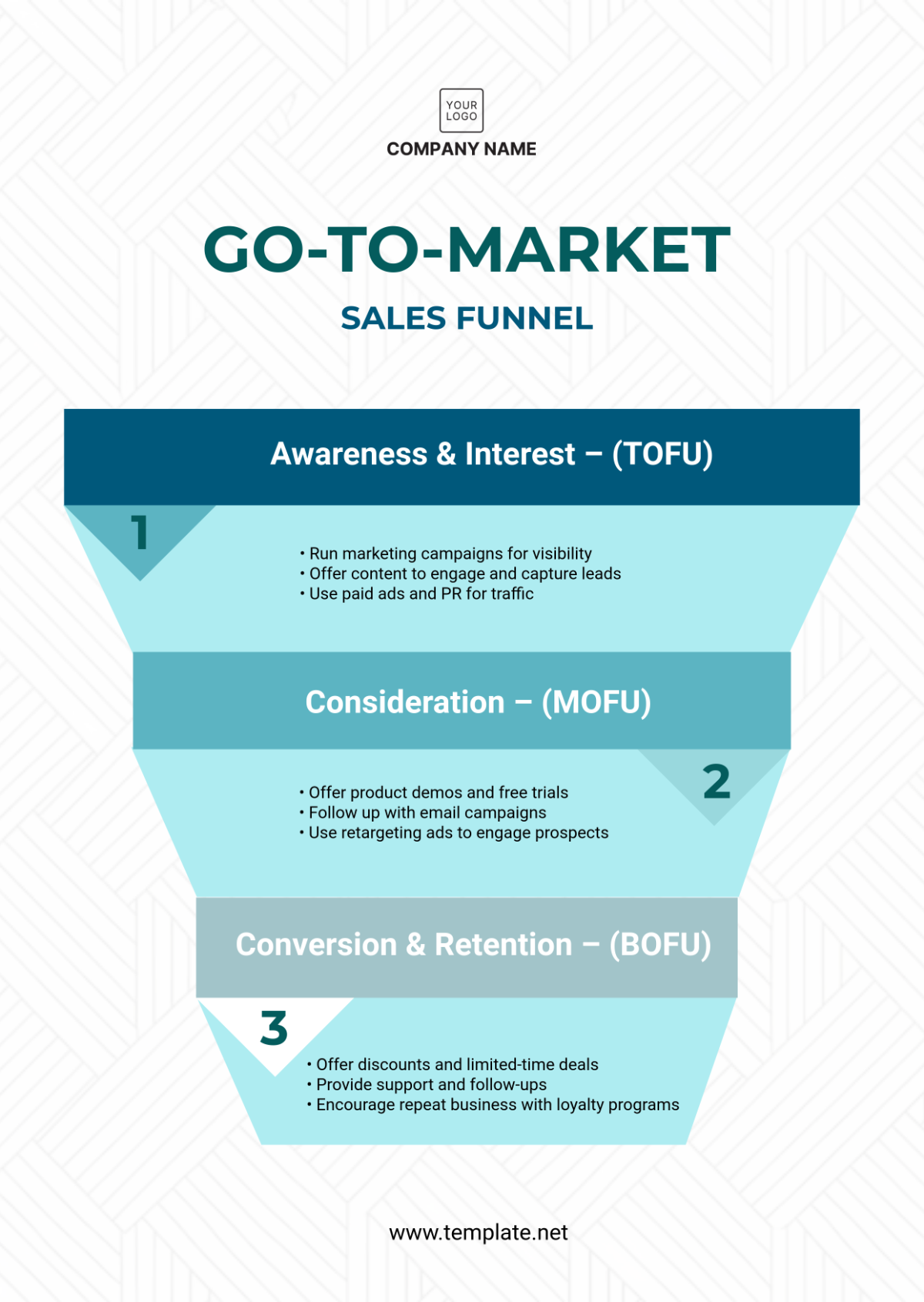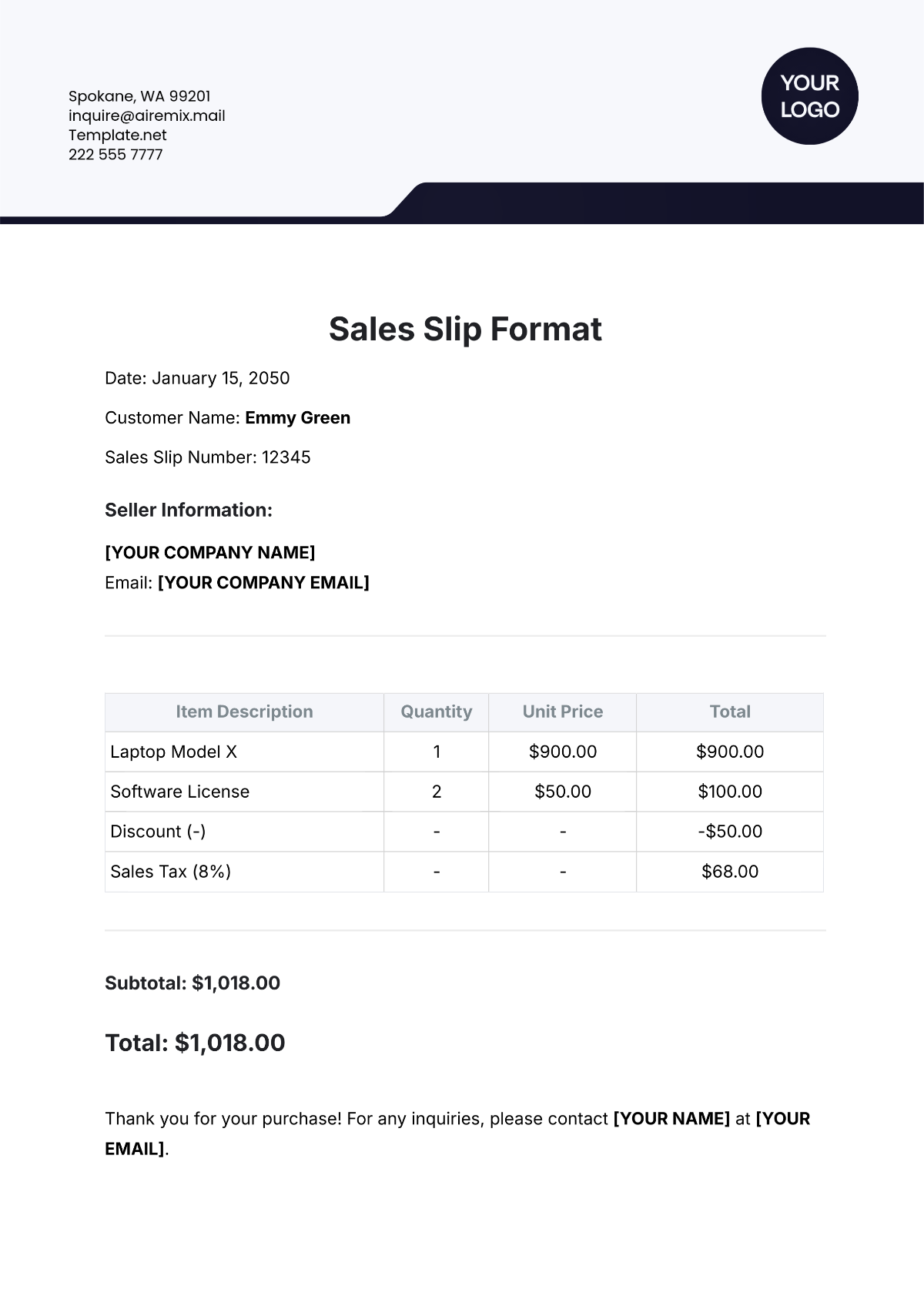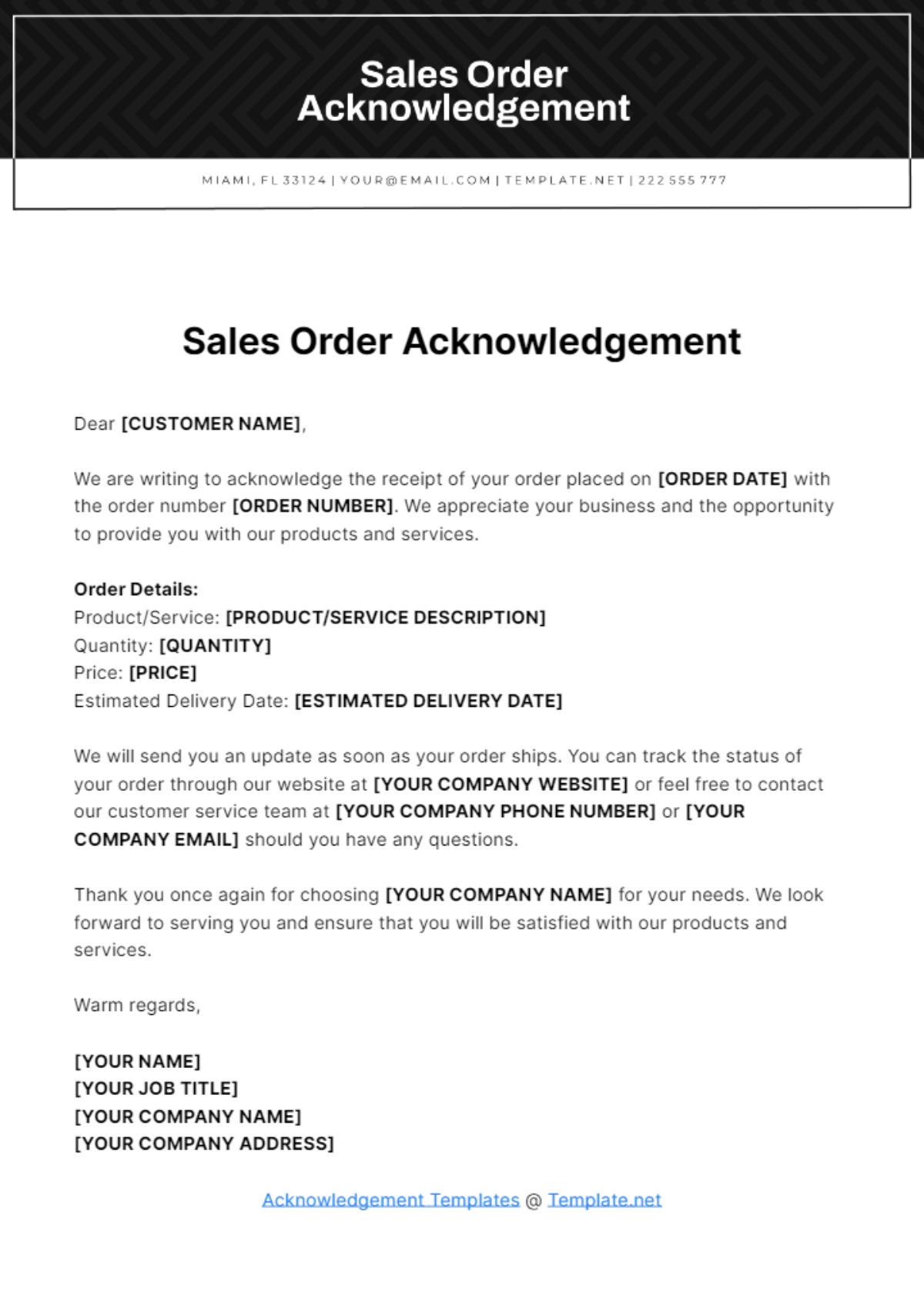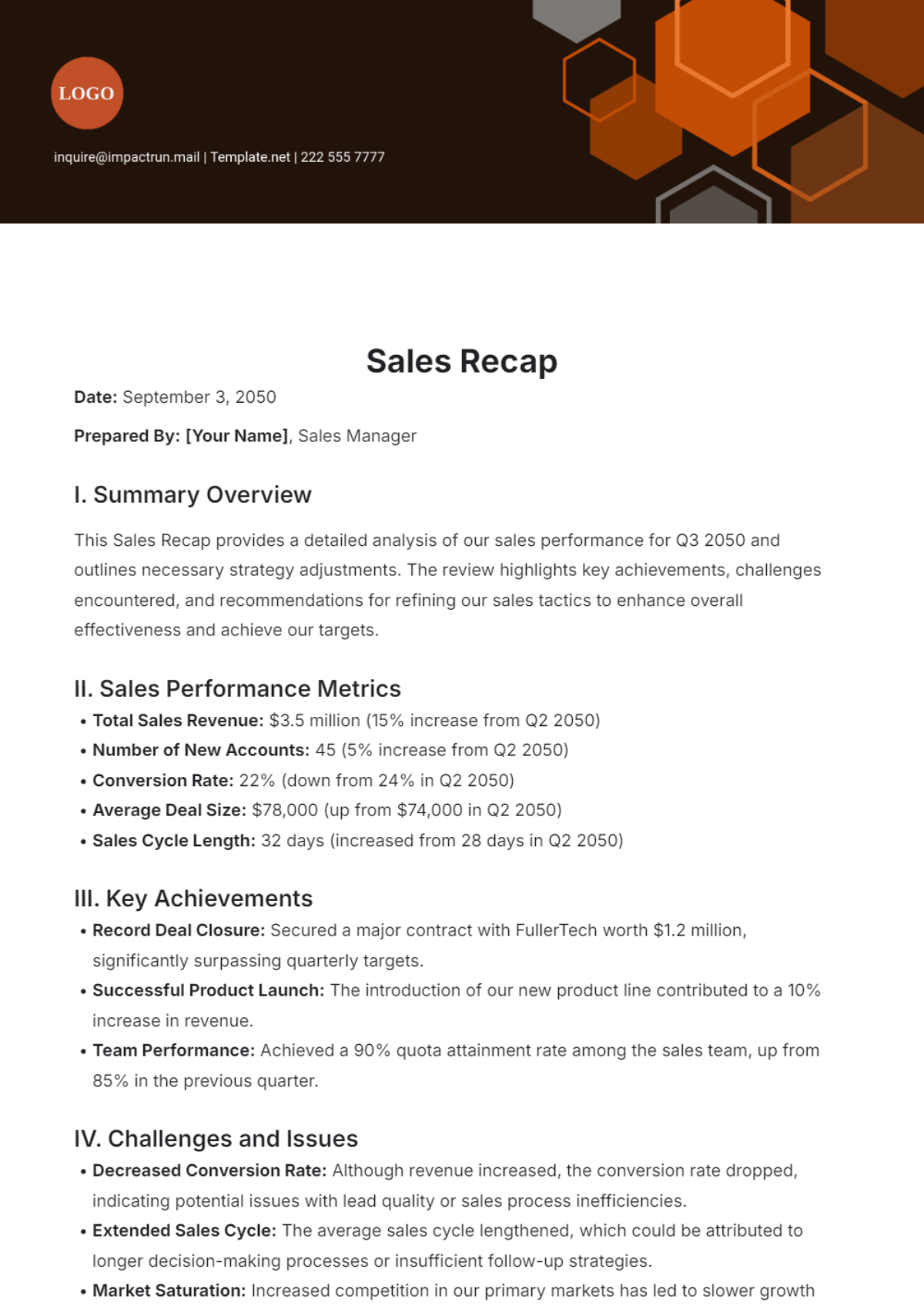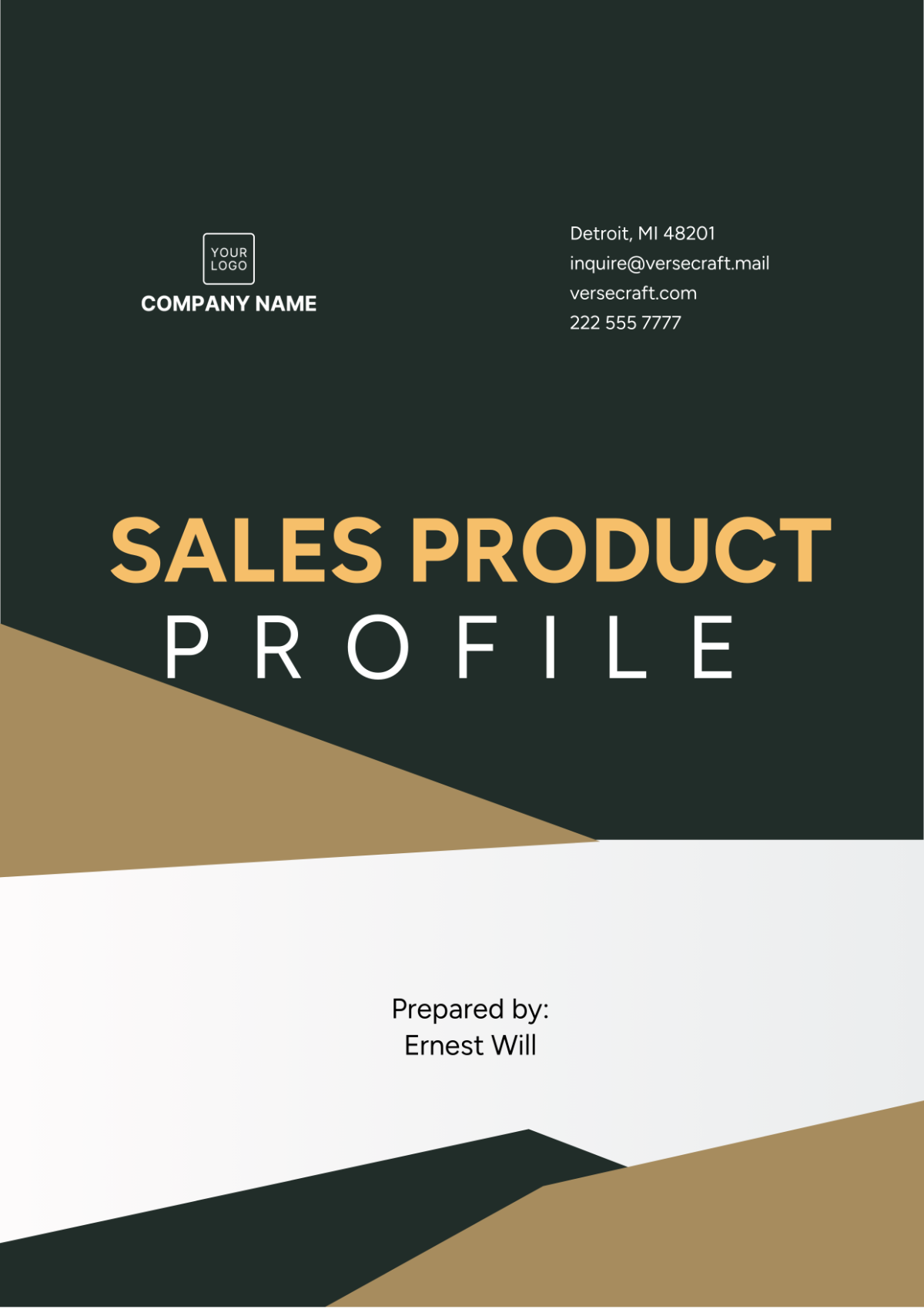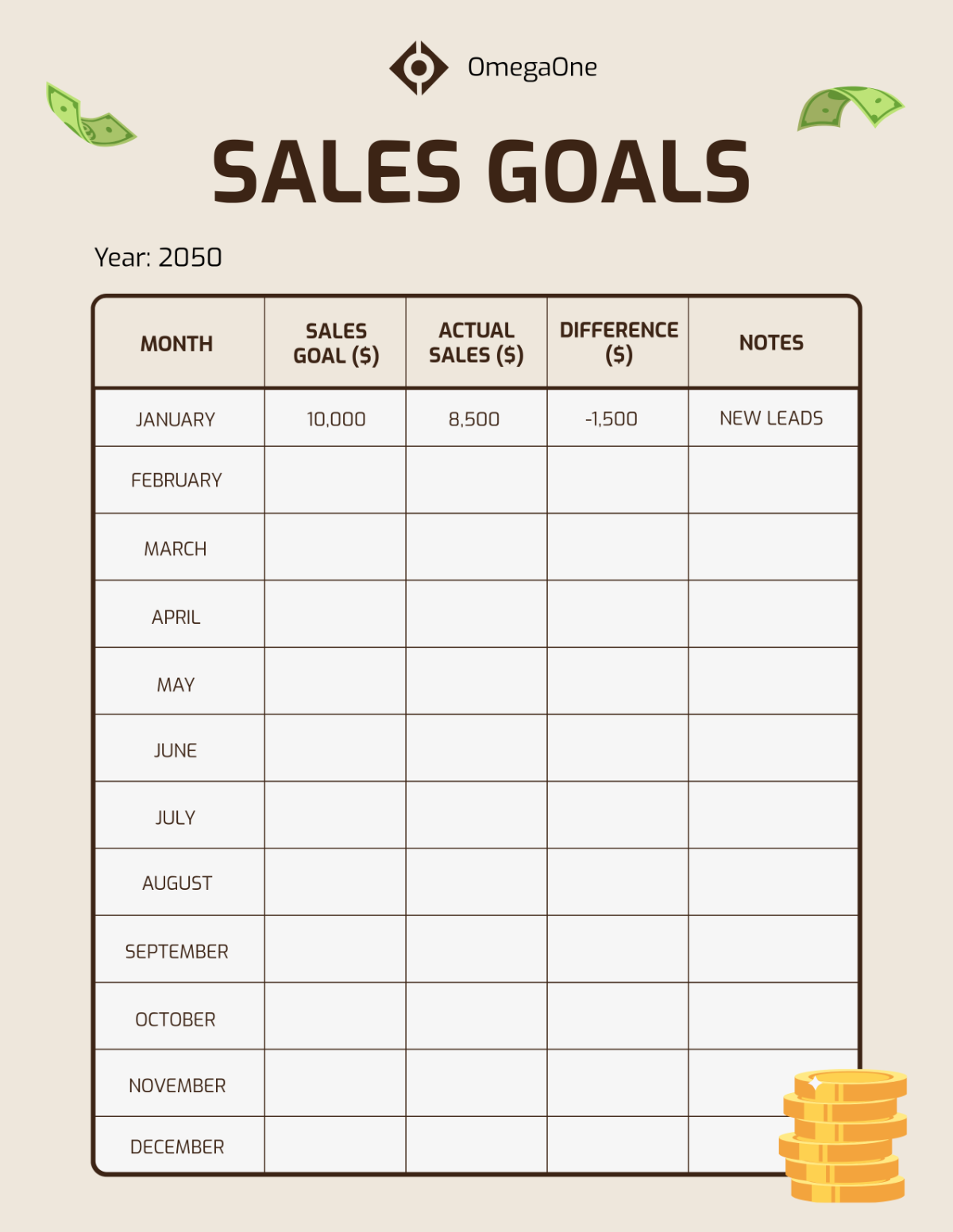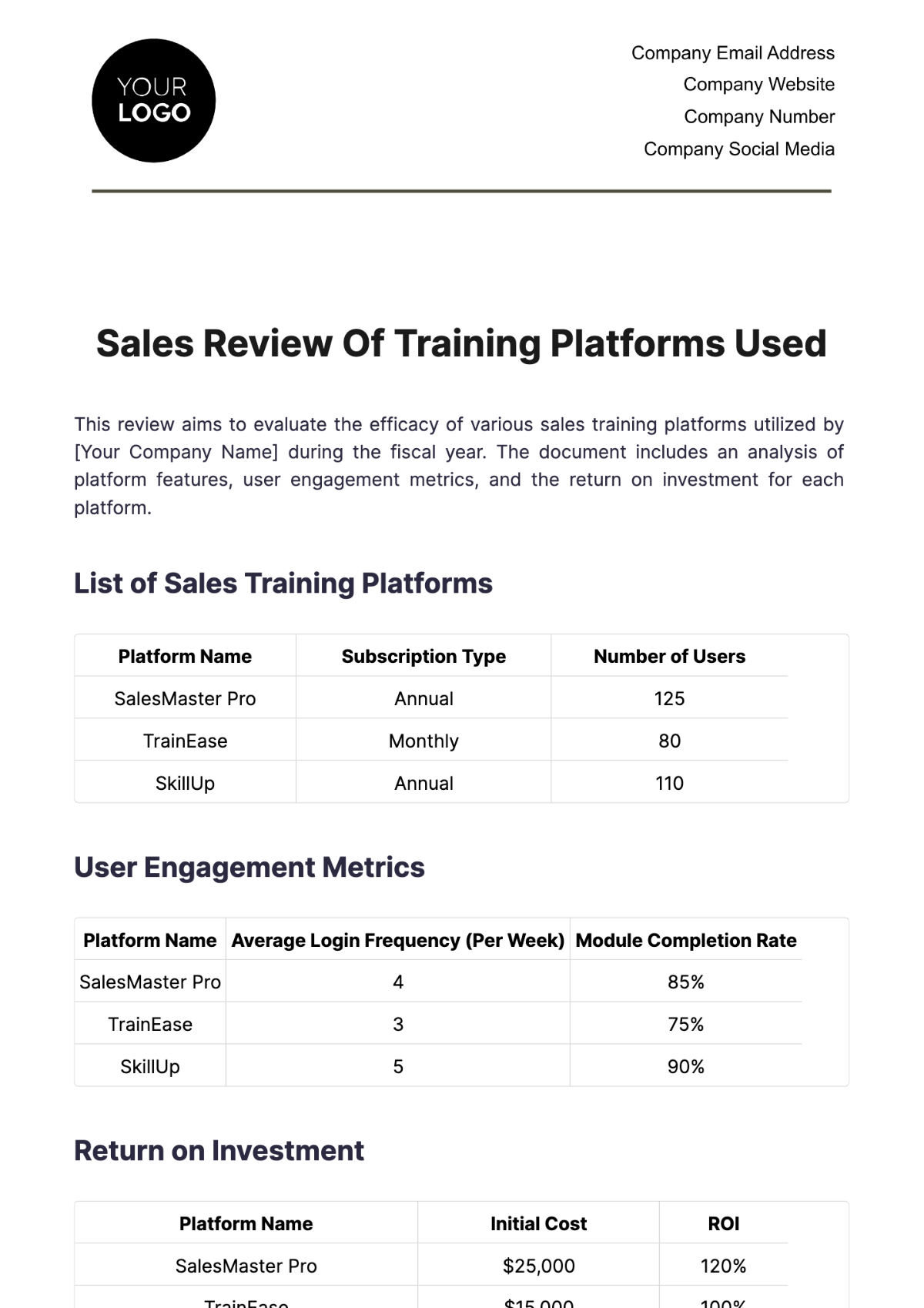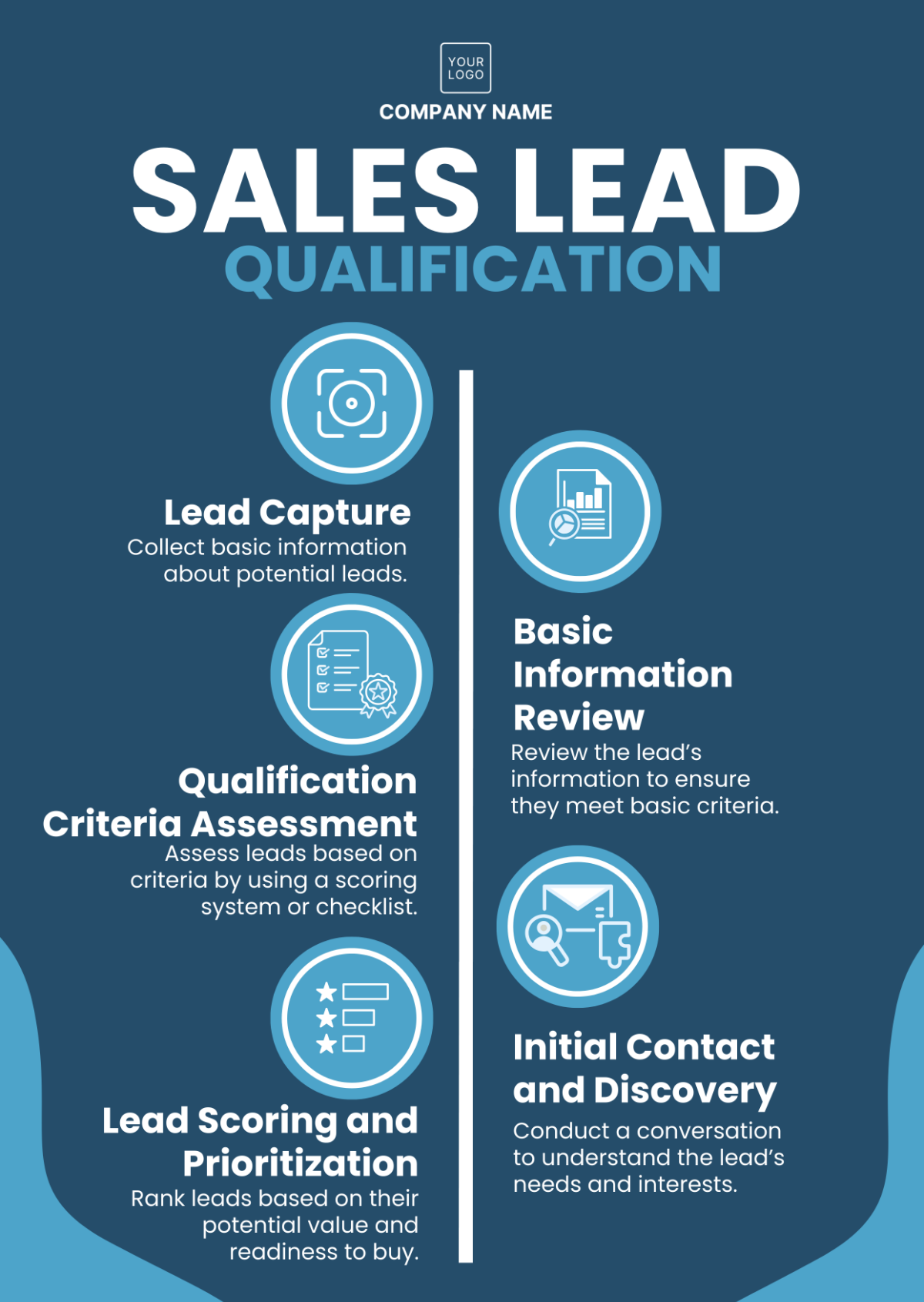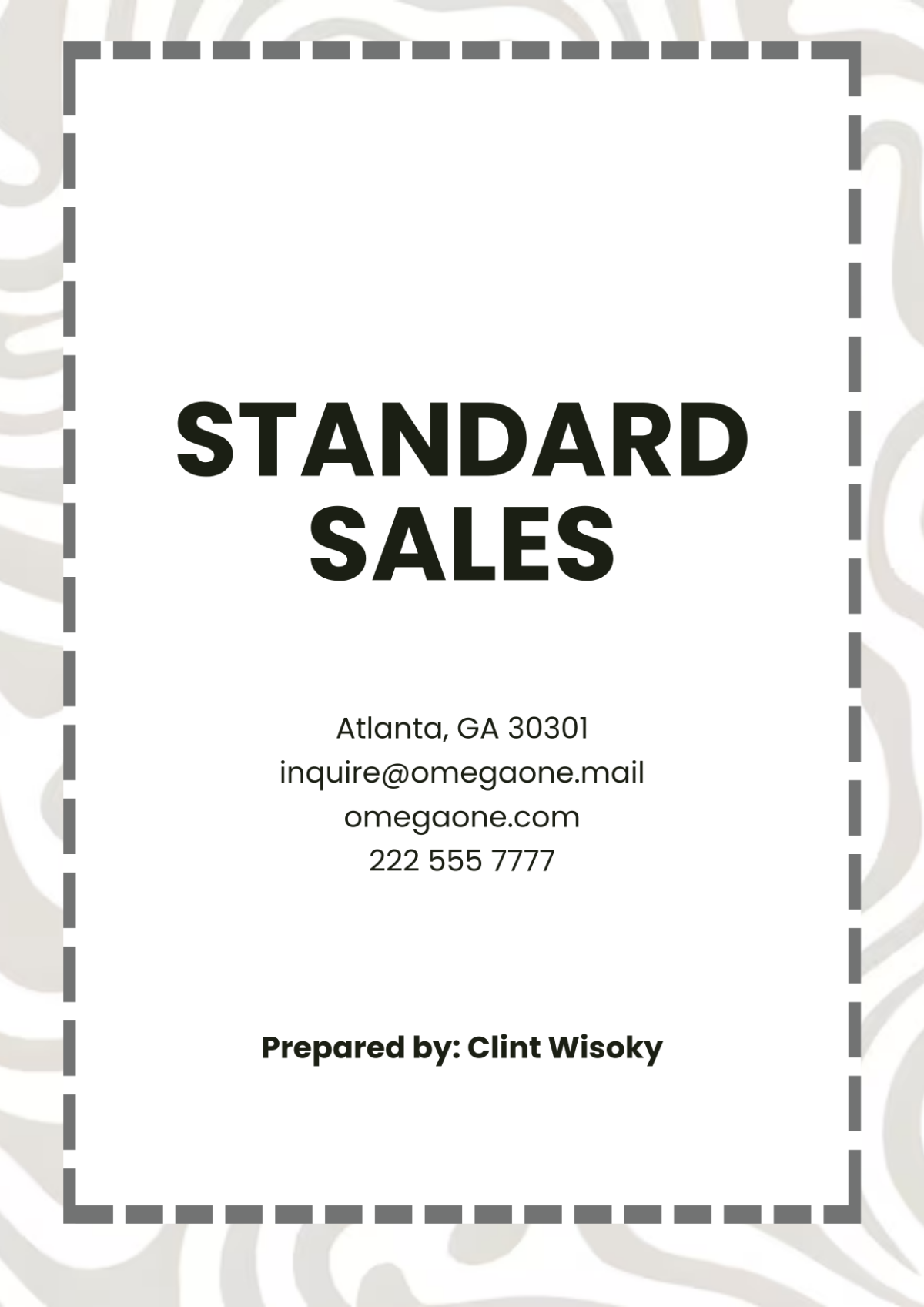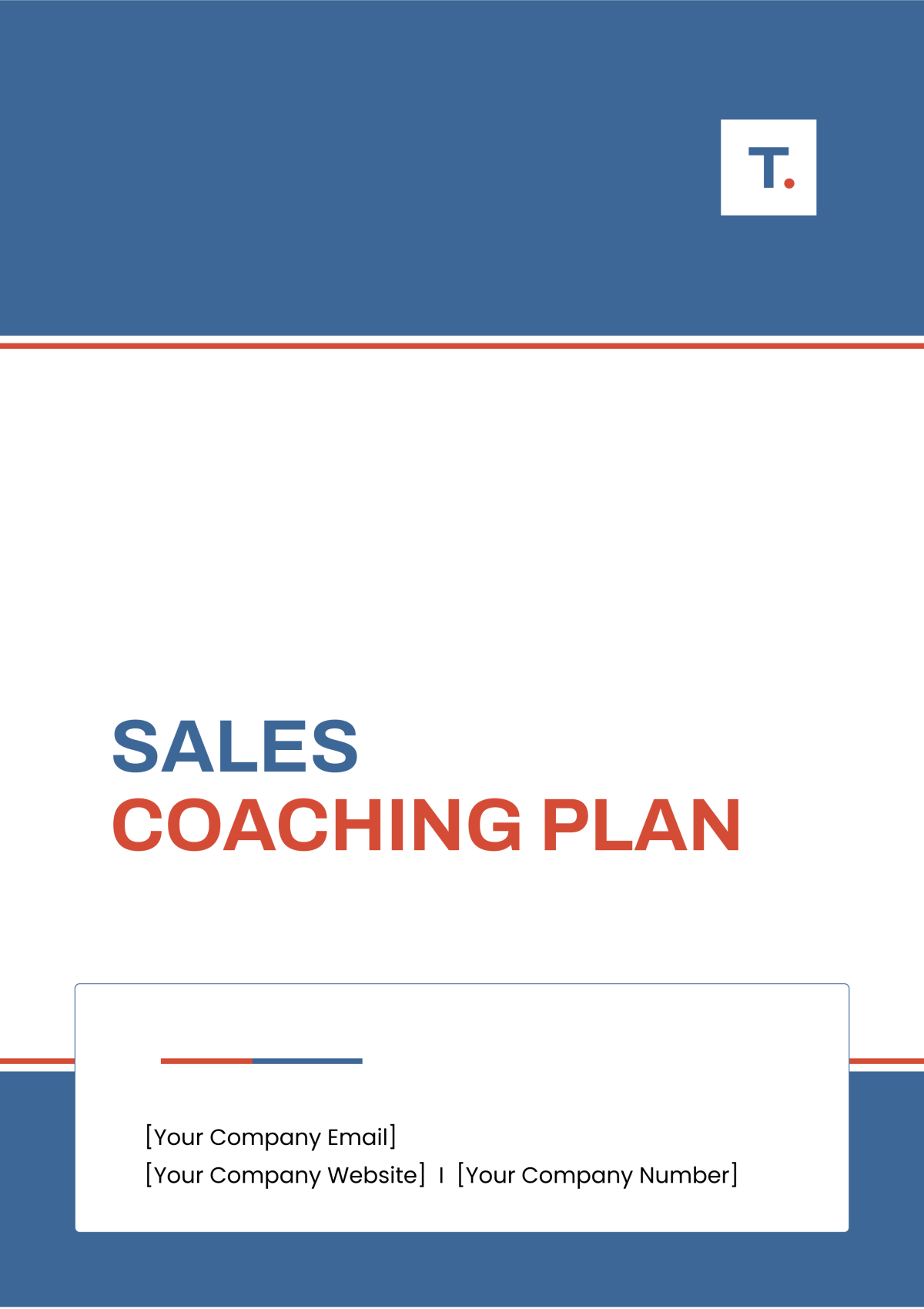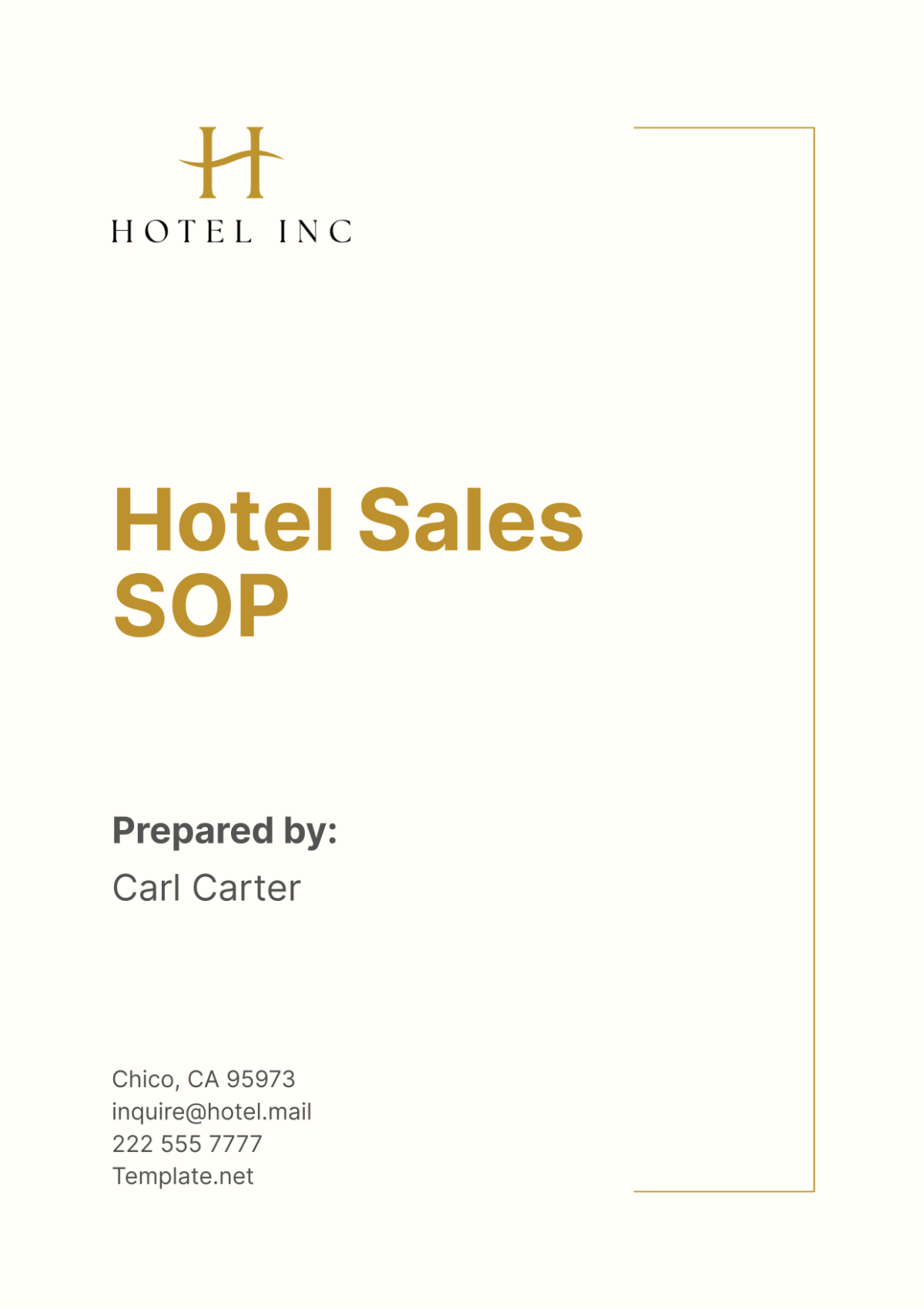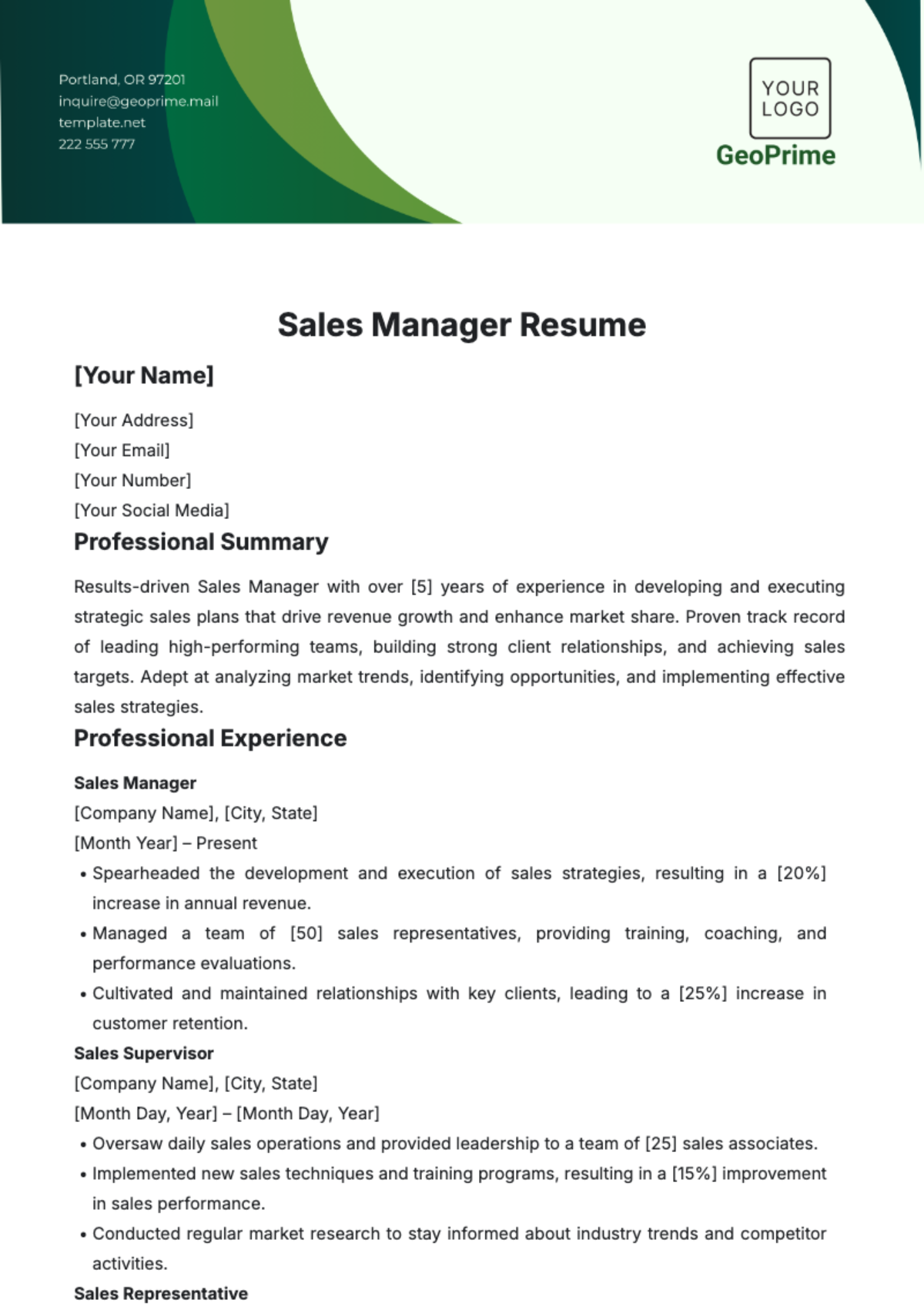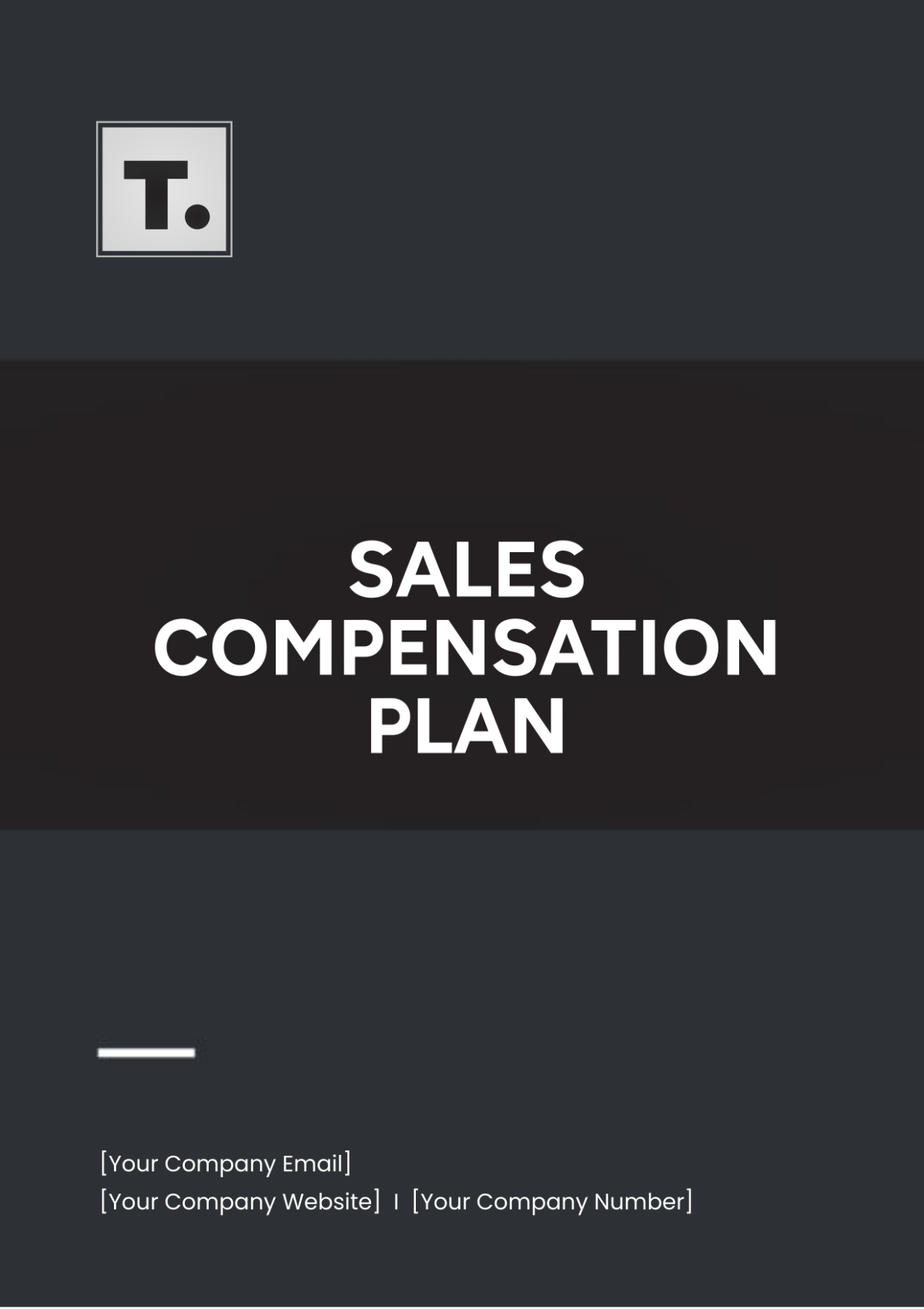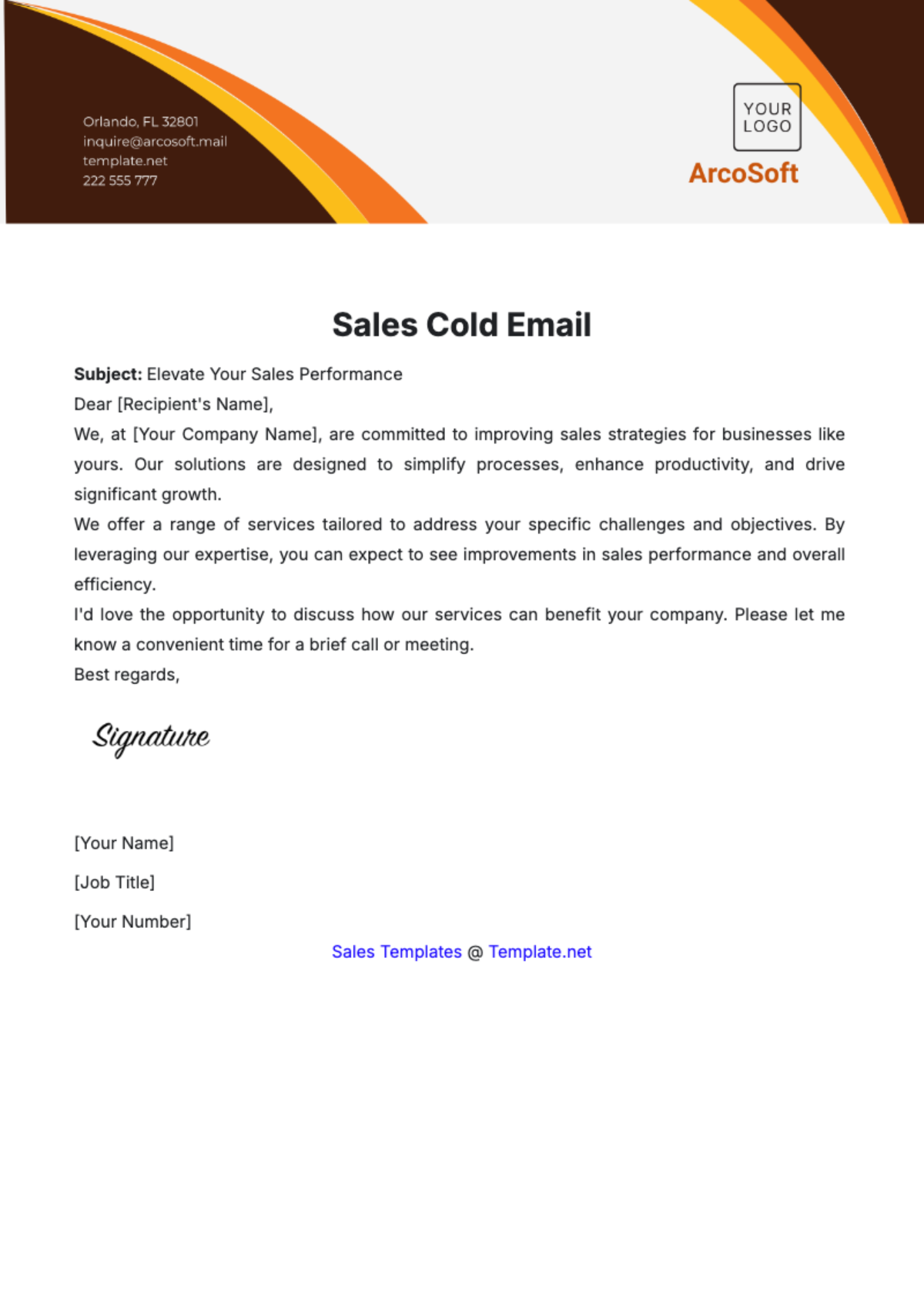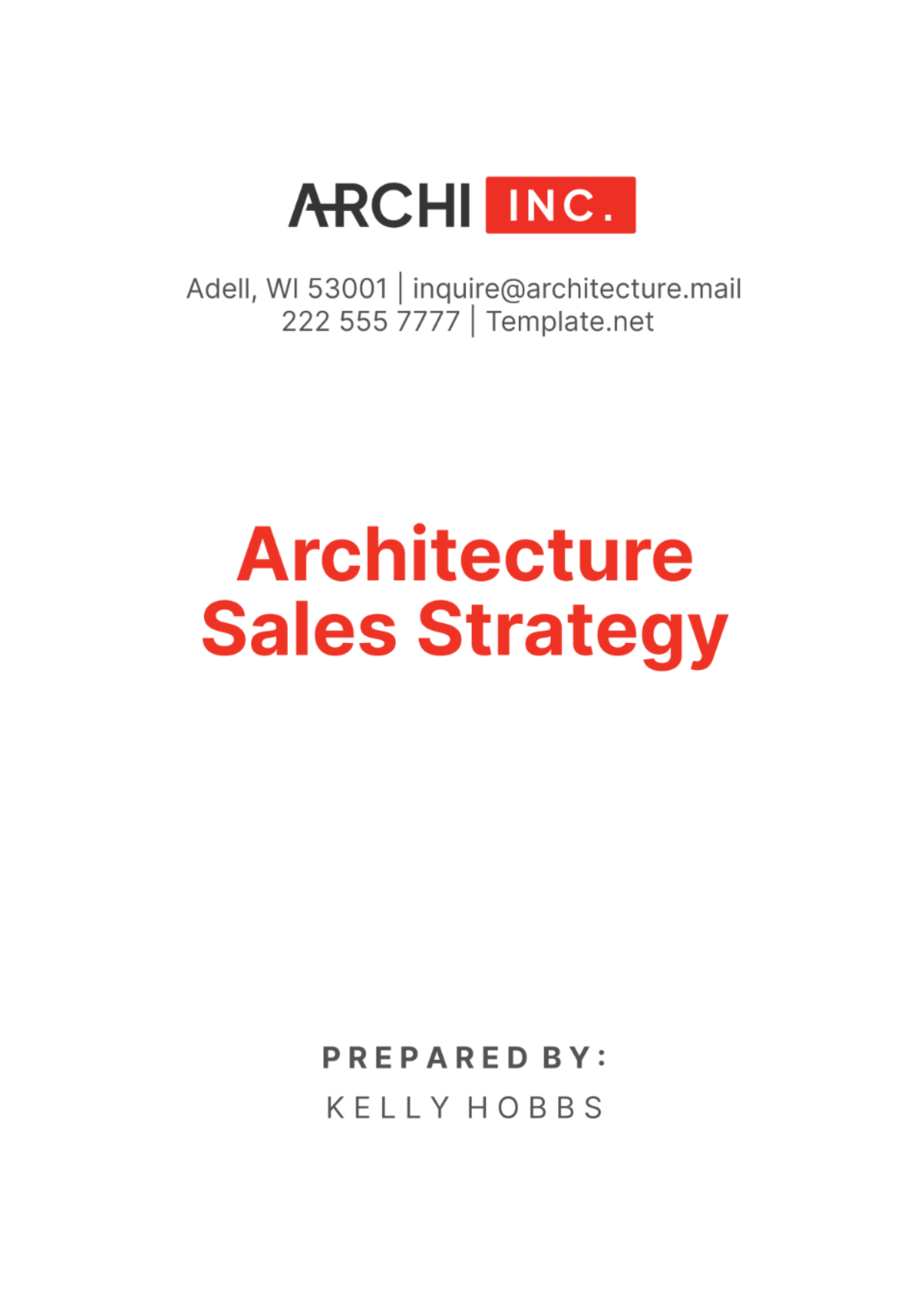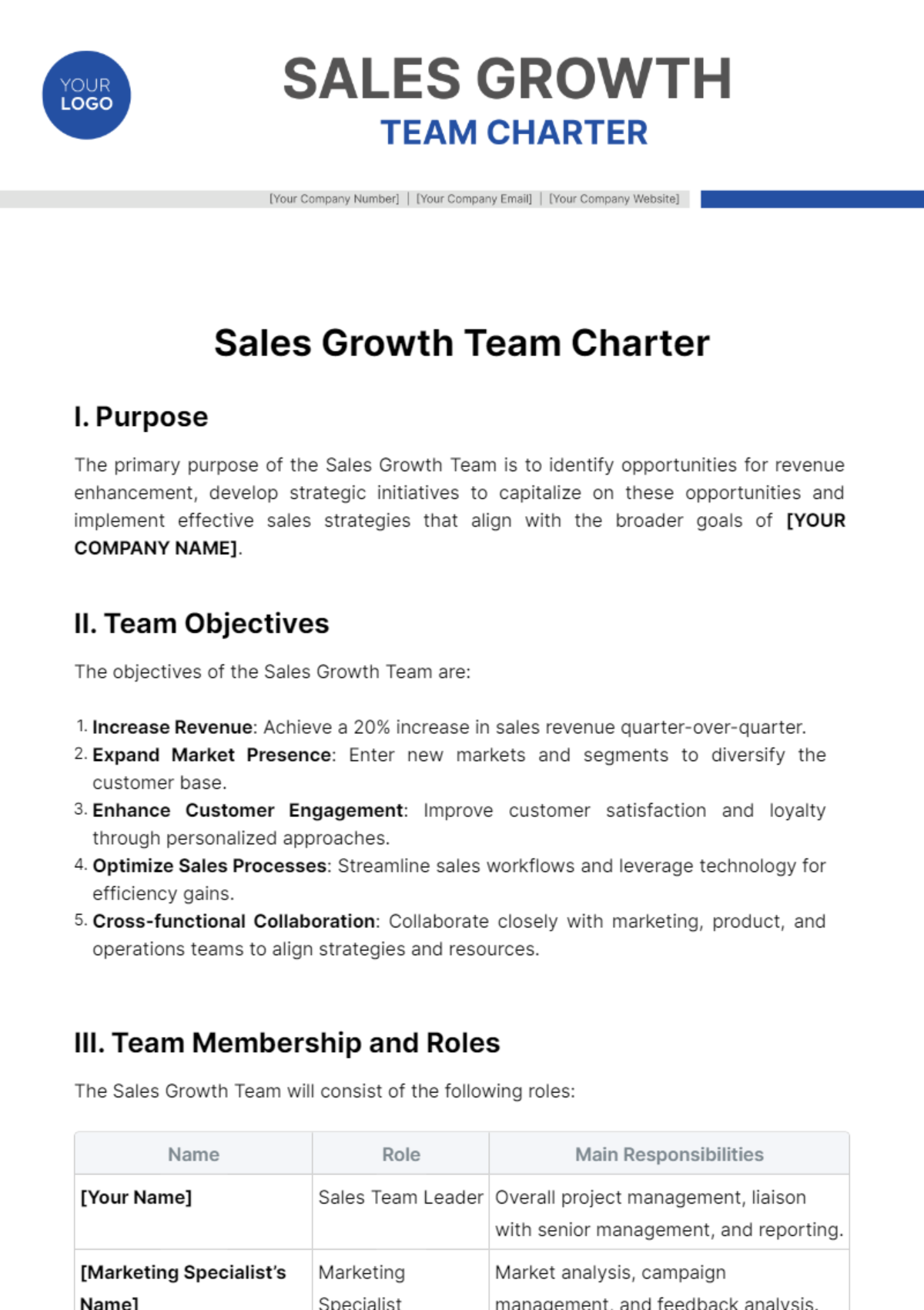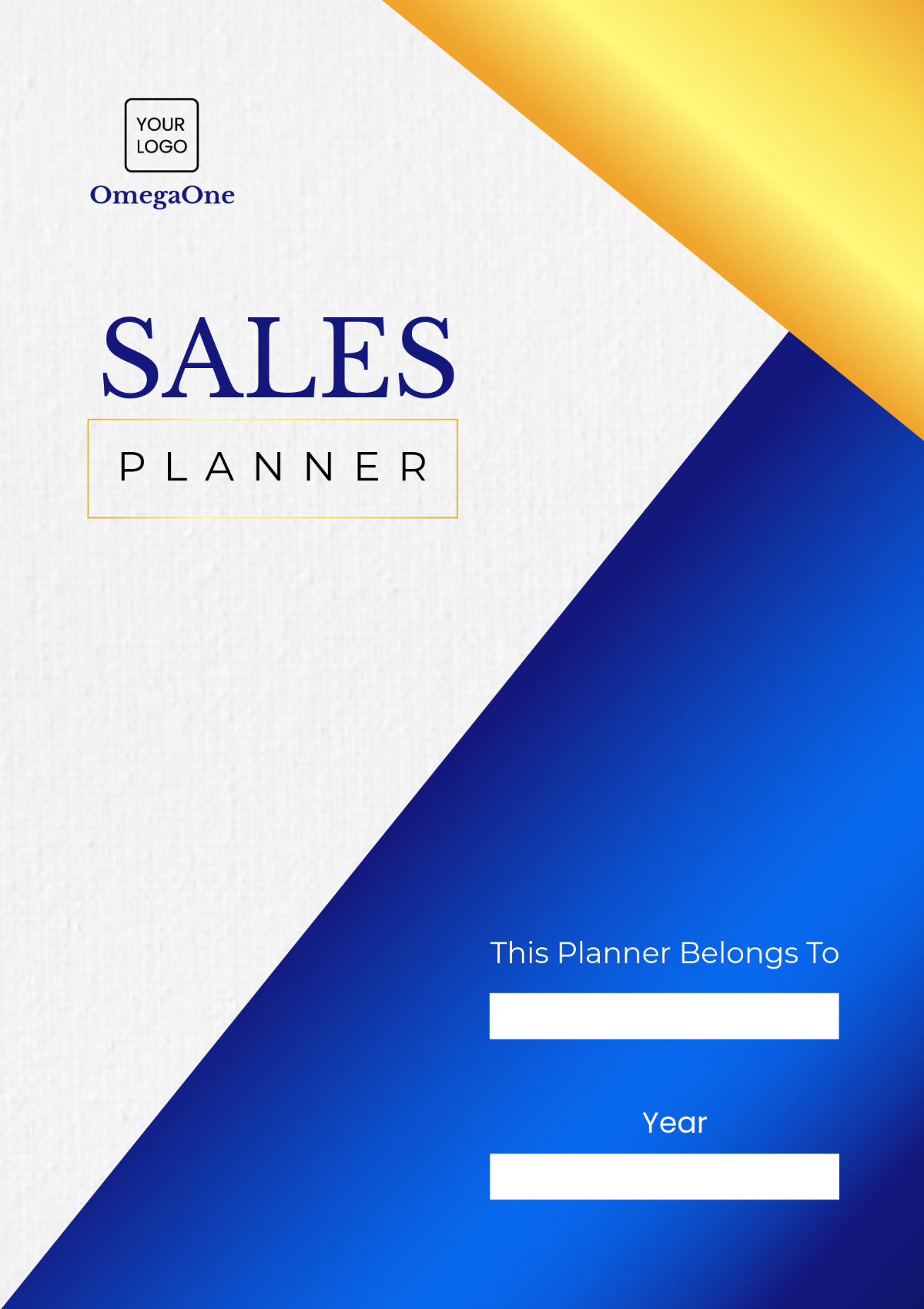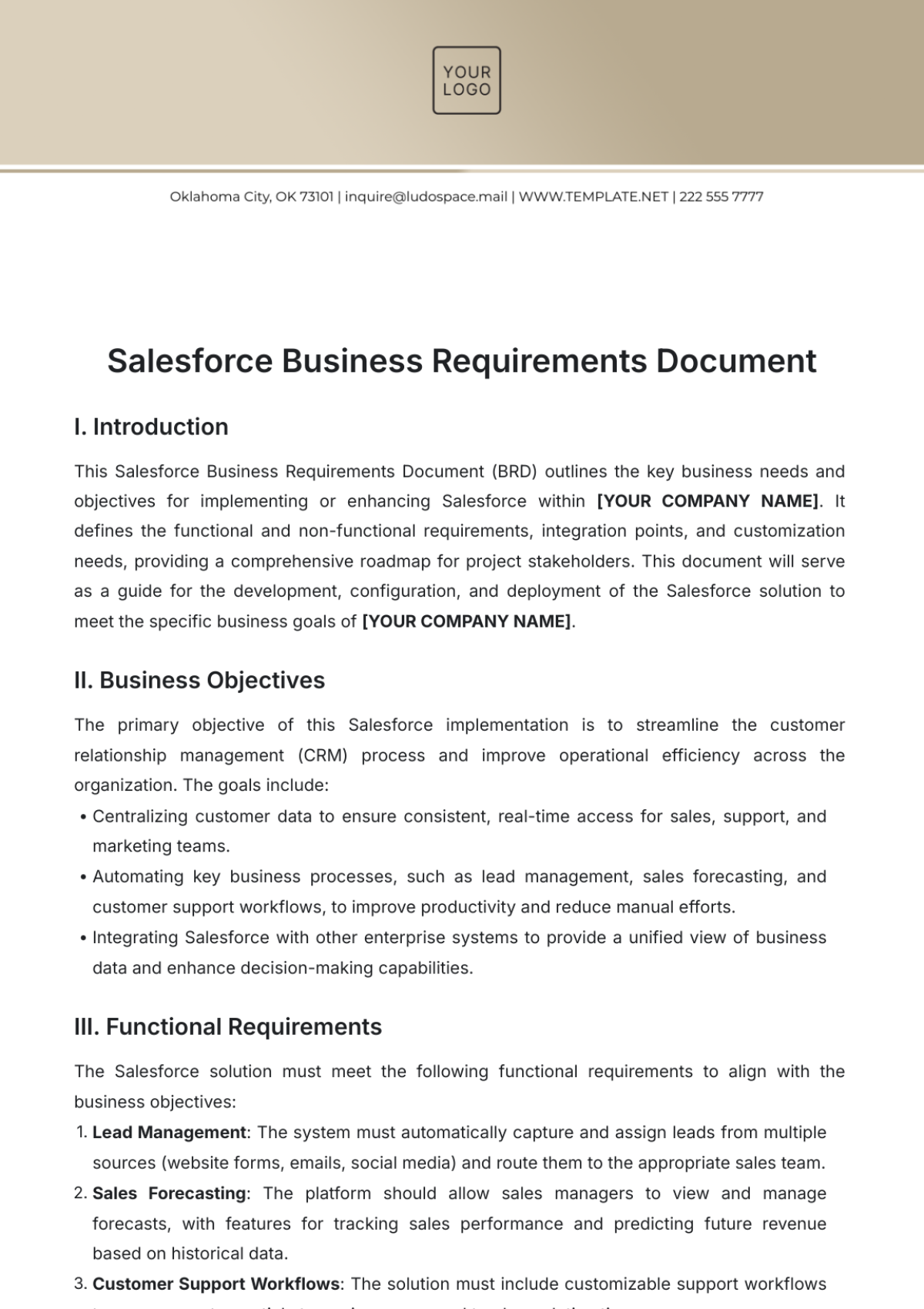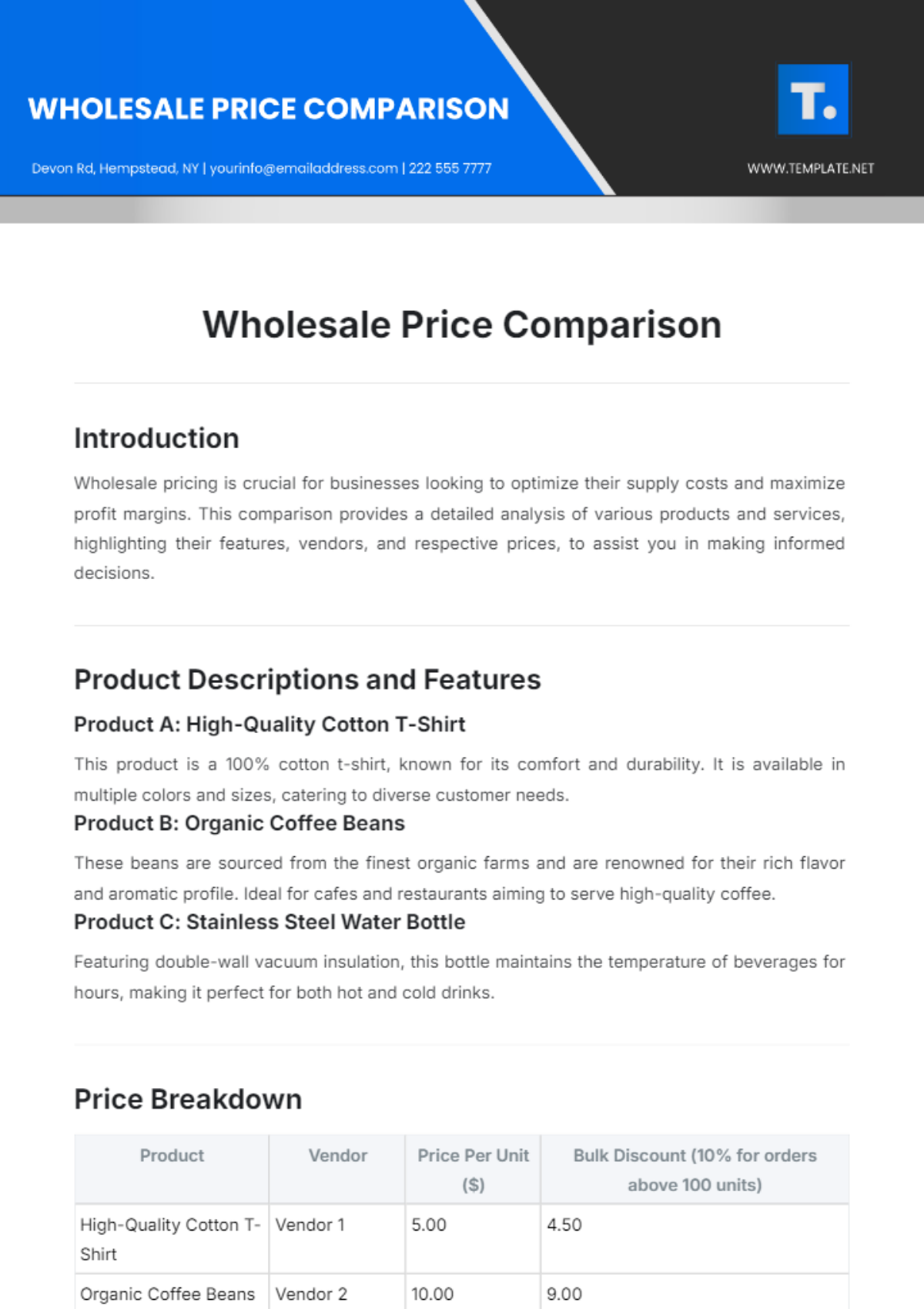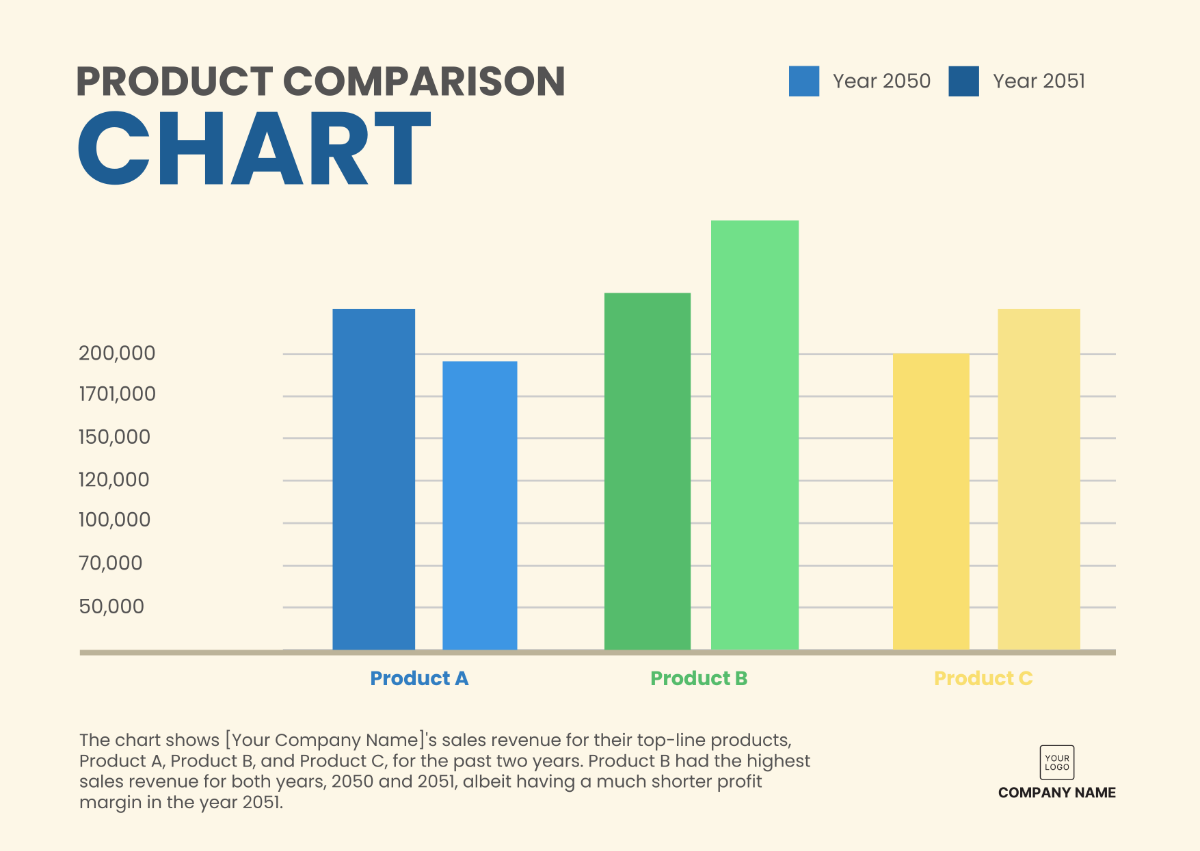Sales Lead Follow-Up Protocol
Introduction
A. Purpose
The Sales Lead Follow-Up Protocol serves a critical role within [Your Company Name]. It has been meticulously crafted to address the specific needs and objectives of our sales department. Its primary purposes are:
1. Maximizing Conversion Rates
The primary goal of this protocol is to enhance our lead conversion rates. By providing a structured approach to follow-up, we aim to turn more of our potential customers into loyal clients. This protocol ensures that no lead falls through the cracks and that every opportunity for conversion is maximized.
2. Exceptional Customer Experience
At [Your Company Name], we understand that customer experience is paramount. This protocol emphasizes not only the frequency of follow-up but also the quality of interactions. We strive to provide potential customers with the highest level of service, creating a positive impression even before they become paying clients.
3. Streamlined Communication
To avoid duplication of efforts and inconsistencies in communication, this protocol establishes clear guidelines for when and how leads are contacted. This streamlining of communication not only saves time but also ensures a cohesive and professional approach in our dealings with potential clients.
B. Scope
The Sales Lead Follow-Up Protocol applies to every member of our dedicated sales team at [Your Company Name]. This includes both inside and outside sales representatives, sales managers, and any other team members involved in the lead follow-up process. By providing a standardized set of procedures, this protocol ensures that every team member is aligned in their approach, fostering a cohesive and efficient workflow.
C. Objective
The primary objective of this protocol is to facilitate the conversion of qualified leads into loyal and satisfied customers. To achieve this objective, we have outlined the following key goals:
1. Lead Nurturing
This protocol guides our team in nurturing leads throughout their journey in our sales funnel. By providing valuable information, addressing their concerns, and building trust, we aim to move leads closer to making a purchase decision.
2. Effective Communication
Clear and timely communication with leads is a cornerstone of this protocol. It ensures that leads receive the information they need when they need it, leading to more informed decisions and a higher likelihood of conversion.
3. Data-Driven Decision Making
We emphasize the importance of data collection and analysis in this protocol. By tracking lead interactions and using lead scoring, we empower our sales team to focus their efforts on the leads most likely to convert, thus optimizing our resources.
Definitions
A. Sales Lead
A sales lead, within the context of [Your Company Name], refers to an individual or organization that has demonstrated interest in our products or services. This interest may be expressed through actions such as website inquiries, downloading marketing materials, attending webinars, or reaching out directly to our sales team.
B. Follow-Up
Follow-up, as defined in this protocol, encompasses a series of planned and deliberate actions aimed at maintaining contact with sales leads. These actions are designed to progress leads through our sales funnel, ultimately leading to a successful conversion.
C. Protocol
The term "protocol" in this context refers to a set of established guidelines and procedures. These guidelines are put in place to ensure consistency, efficiency, and professionalism in our lead follow-up activities. By adhering to this protocol, we maintain a unified approach that aligns with [Your Company Name]'s values and objectives.
Responsibilities
A. Sales Team
1. Lead Follow-Up Execution
Members of the sales team are responsible for executing the lead follow-up process as outlined in this protocol. This includes promptly contacting leads, providing relevant information, addressing inquiries, and guiding them through the sales funnel.
2. Record Keeping
In addition to effective communication, the sales team is responsible for maintaining accurate records of all lead interactions. This includes documenting the details of conversations, lead preferences, and any specific requirements or concerns raised by the leads. Proper record-keeping is crucial for personalized follow-up and for tracking the progress of each lead.
B. Sales Manager
1. Oversight and Support
Sales managers play a vital role in overseeing and supporting the sales team's lead follow-up efforts. They are responsible for ensuring that team members adhere to this protocol and providing guidance when needed. Managers are also responsible for monitoring the progress of leads through the sales funnel.
2. Performance Evaluation
Sales managers are tasked with reviewing and analyzing performance metrics related to lead follow-up. This includes assessing the conversion rates, response times, and overall effectiveness of the follow-up process. Performance evaluations help identify areas for improvement and allow for targeted coaching and training.
C. Marketing Team
1. Lead Generation
The marketing team plays a crucial role in providing the sales team with qualified leads. They are responsible for implementing marketing strategies that attract potential customers and channel them into the sales funnel. Effective communication and collaboration between the marketing and sales teams are essential to ensure that leads are of high quality and relevance.
2. Lead Nurturing Strategies
Collaboration between the marketing and sales teams is essential in developing and refining lead nurturing strategies. The marketing team provides valuable insights into lead behavior and preferences, which inform the sales team's approach to follow-up. Both teams work together to create compelling content and messaging that resonates with leads.
Lead Qualification
A. Criteria for Qualified Leads
1. Demographic Fit
To determine if a lead is qualified, [Your Company Name] considers whether the lead matches our target demographic. This includes factors such as industry, company size, and location. Leads that closely align with our ideal customer profile are more likely to be considered qualified.
2. Budget Availability
Another key qualification criterion is the lead's budget availability. We assess whether the lead has the financial means to purchase our products or services. This is determined through direct inquiries or by analyzing their behavior, such as requesting pricing information.
3. Genuine Interest
A qualified lead also demonstrates genuine interest in our offerings. This can be observed through specific actions, such as downloading product brochures, attending webinars, or requesting product demos. These actions indicate a higher likelihood of conversion.
B. Lead Scoring
[Your Company Name] utilizes a lead scoring system to assign numerical values to leads based on their level of engagement and fit with our offerings. Leads with higher scores are prioritized for follow-up. The scoring system takes into account factors such as:
1. Engagement Level
The number and type of interactions a lead has with our content and website, including email opens, click-through rates, and webinar attendance.
2. Fit with Ideal Customer Profile
How closely does the lead align with our ideal customer profile, considering demographic and firmographic data.
3. Behavior and Interest
Specific actions taken by the lead, such as requesting a quote or demo, which indicate a strong intent to purchase.
C. Disqualification Criteria
To maintain the quality of our leads and ensure efficient resource allocation, [Your Company Name] has established clear disqualification criteria. Leads may be disqualified for reasons such as:
1. Irrelevant Fit
If a lead clearly does not align with our target demographic or industry, they may be disqualified to avoid wasting resources on unlikely conversions.
2. Lack of Budget
Leads that do not meet the budgetary requirements for our products or services may be disqualified to focus efforts on more qualified prospects.
3. No Genuine Interest
If a lead shows no genuine interest or engagement with our offerings, they may be disqualified to prevent fruitless follow-up efforts.
4. Duplicate or Invalid Information
Leads with duplicate or invalid contact information are subject to disqualification to maintain data accuracy.
Lead Tracking
A. CRM System
1. Centralized Lead Database
[Your Company Name] utilizes a robust Customer Relationship Management (CRM) system to centralize lead information. This CRM serves as the repository for all lead data, including contact details, lead source, interaction history, and lead scoring. It ensures that every member of the sales team has access to up-to-date and consistent lead information.
2. Automation and Integration
Our CRM system is equipped with automation features that streamline lead tracking. It automates lead assignments, follow-up reminders, and lead scoring updates based on lead behavior. Integration with other software tools, such as email marketing platforms and analytics tools, allows for a seamless flow of data and insights.
B. Data Collection
1. Comprehensive Lead Profiles
Data collection is a crucial aspect of our lead tracking process. We aim to create comprehensive lead profiles by collecting essential information during initial contact and subsequent interactions. This includes not only basic contact details but also information about the lead's pain points, challenges, and goals.
2. Consent and Privacy
Respecting data privacy and consent is paramount. We ensure that all data collection processes adhere to relevant data protection regulations. Leads are informed about how their data will be used and are given the option to provide or withdraw consent.
3. Continuous Data Enrichment
Data enrichment is an ongoing process. We regularly update lead profiles with new information obtained during follow-up interactions. This ensures that our communication remains relevant and personalized.
C. Data Security
1. Data Encryption
[Your Company Name] places a strong emphasis on data security. All lead data within the CRM system is encrypted to protect against unauthorized access and data breaches.
2. Access Control
Access to lead data is restricted to authorized personnel only. Role-based access control ensures that team members can only view and edit the data relevant to their responsibilities.
3. Regular Audits and Compliance
We conduct regular audits of our data security practices to ensure compliance with industry standards and data protection regulations. Any identified vulnerabilities are promptly addressed to safeguard lead data.
Follow-Up Process
A. Initial Contact
1. Prompt Response
Promptness is key during the initial contact phase. Leads are contacted as soon as possible after expressing interest, whether through a website form submission, email inquiry, or other means. Quick response times demonstrate our commitment to addressing their needs promptly.
2. Introduction and Value Proposition
The initial contact serves as an introduction to [Your Company Name] and our offerings. It includes a concise and compelling value proposition that highlights how our products or services can address the lead's specific challenges or goals.
B. Follow-Up Schedule
1. Structured Follow-Up Plan
A structured follow-up plan is established for each lead. This plan outlines the frequency and timing of follow-up interactions. The schedule is personalized based on the lead's preferences and engagement level.
2. Diversified Communication
We recognize that different leads may have varying communication preferences. Our follow-up schedule includes a mix of communication channels, such as email, phone calls, social media messages, and personalized content.
C. Personalization
1. Tailored Messaging
Personalization is a central element of our follow-up process. We tailor our messages to each lead's unique needs and interests. This includes referencing specific interactions or content they've engaged with, addressing them by name, and acknowledging their individual goals.
2. Value-Added Content
To provide additional value, our follow-up communications may include relevant content such as whitepapers, case studies, or product demonstrations. These resources are selected based on the lead's expressed interests and pain points.
D. Communication Channels
1. Multi-Channel Approach
We understand that leads have different communication preferences. Our approach encompasses a range of channels, allowing leads to choose the method most comfortable for them. Common channels include email, phone, LinkedIn, and our website's chat function.
2. Consistency Across Channels
While using multiple channels, we ensure that our messaging and branding remain consistent. This ensures a cohesive and professional experience for leads, regardless of the channel through which they engage with us.
Documentation
A. Lead Information
1. Comprehensive Lead Profiles
Documentation of lead information is a critical aspect of our lead follow-up process. Each lead is associated with a comprehensive lead profile within our CRM system. This profile includes not only basic contact details but also a rich tapestry of information:
Demographic Data: This includes industry, company size, location, and any other relevant firmographic information.
Behavioral Insights: We track lead behavior, such as website visits, content downloads, webinar attendance, and email engagement. This data informs our follow-up strategy and helps us understand the lead's interests.
Interactions and Communication History: A detailed log of all interactions, including emails, phone calls, meetings, and social media engagements, is maintained. This history allows our sales team to provide context and continuity in every interaction.
Lead Scoring: The lead's score, reflecting their engagement and fit with our offerings, is regularly updated. This score guides our prioritization efforts.
B. Customization and Personalization
The documentation of lead information enables a high degree of customization and personalization in our follow-up efforts. We leverage the data in the lead profile to tailor our messages, addressing the lead by name, referring to their specific interests, and offering solutions that align with their needs.
Conclusion
The Sales Lead Follow-Up Protocol presented here serves as the cornerstone of [Your Company Name]'s commitment to excellence in customer engagement and conversion. Through this comprehensive protocol, we have established a framework that not only prioritizes lead follow-up but also ensures that every interaction with potential customers reflects the highest standards of professionalism and personalization.
With the Sales Lead Follow-Up Protocol as our guide, we embark on a journey to build lasting relationships, drive business growth, and continue being a trusted partner to all those who interact with [Your Company Name].

